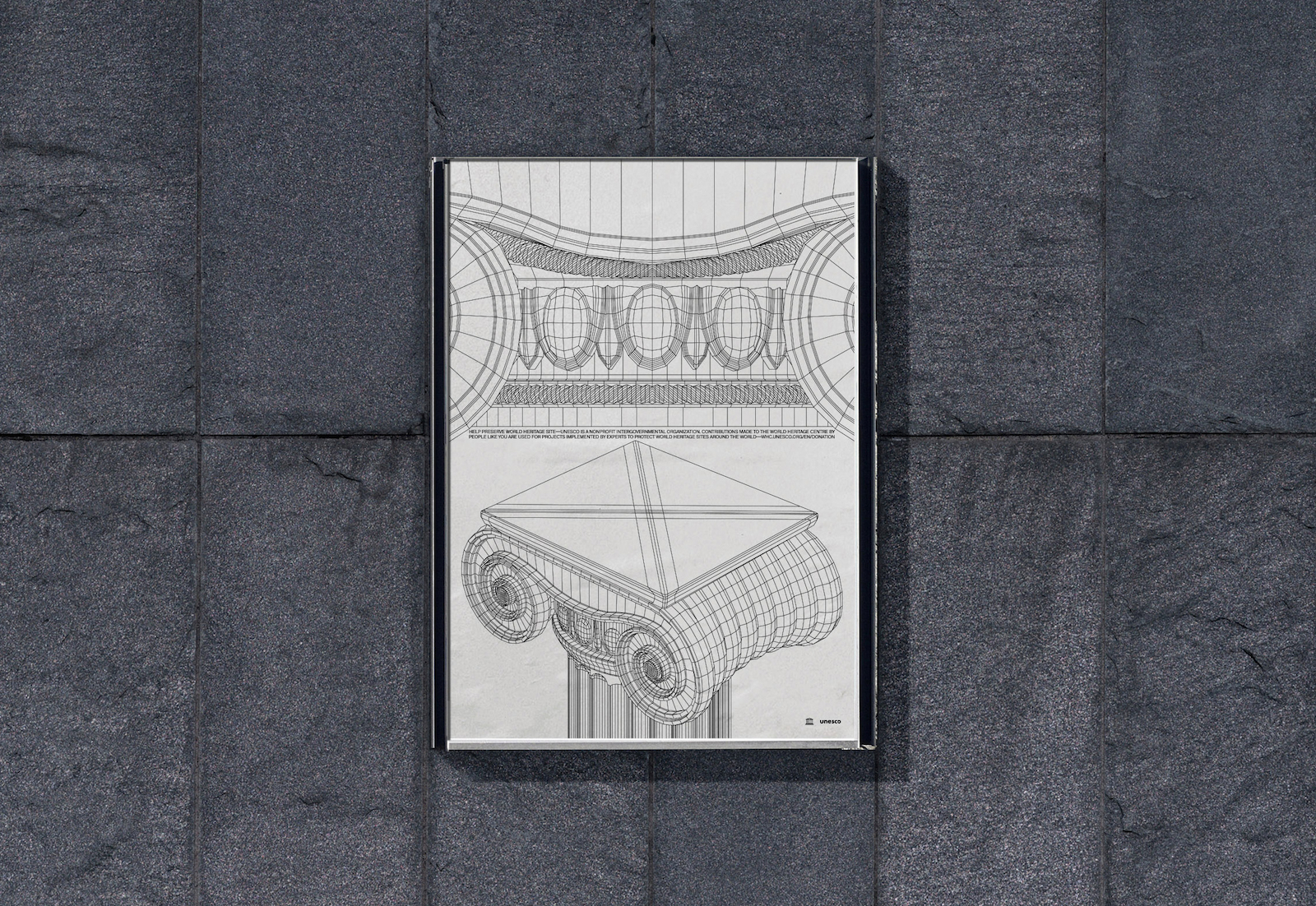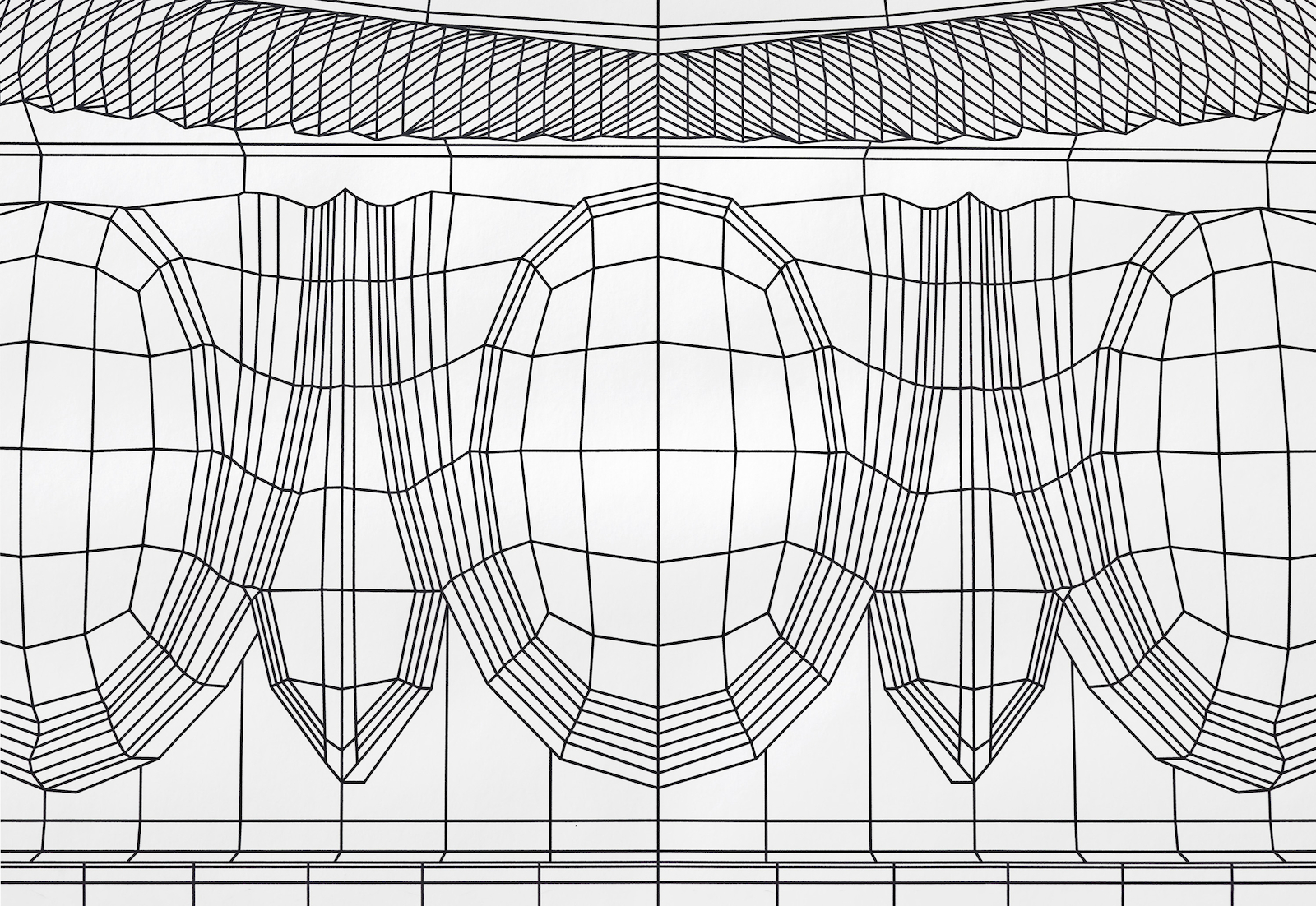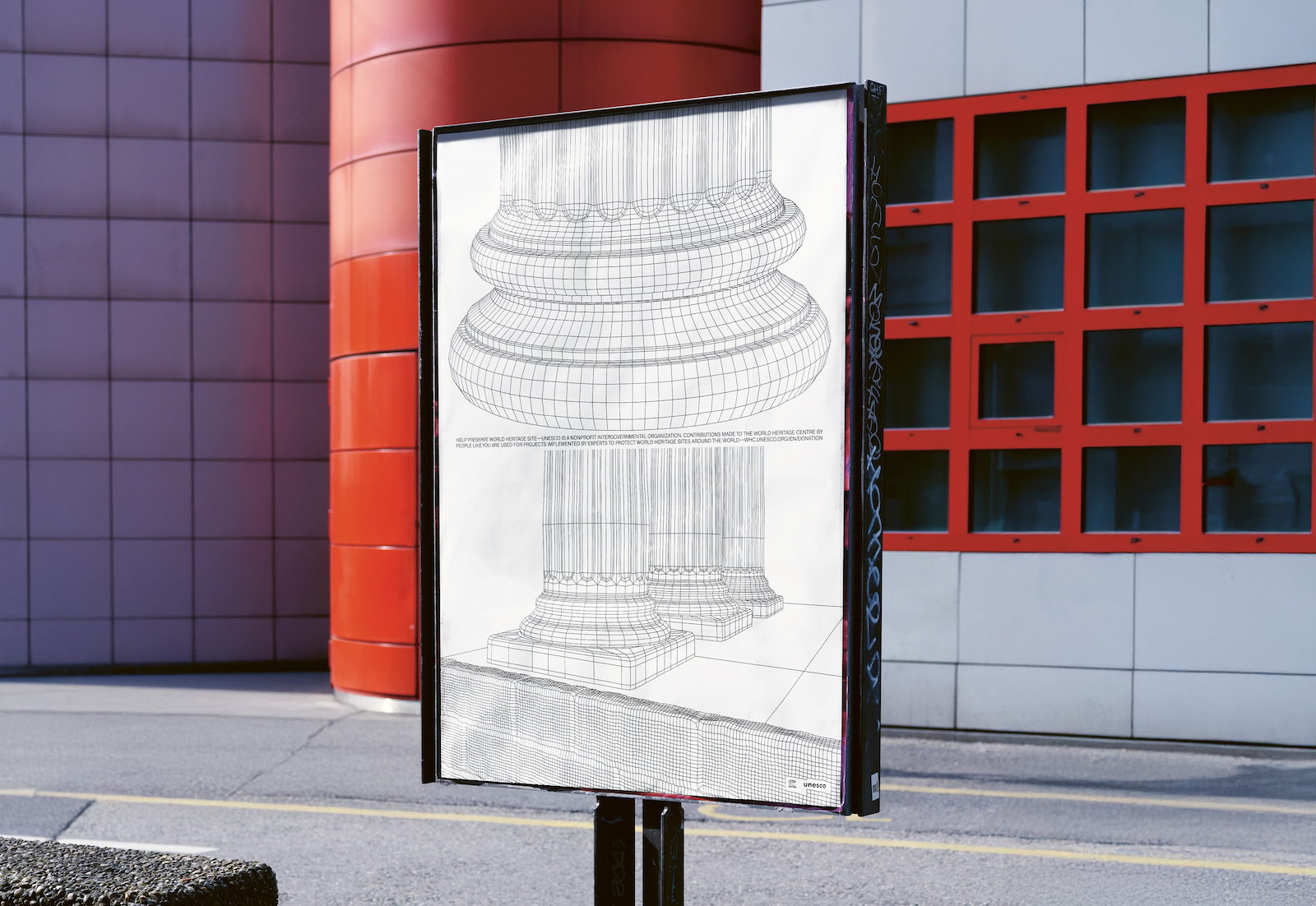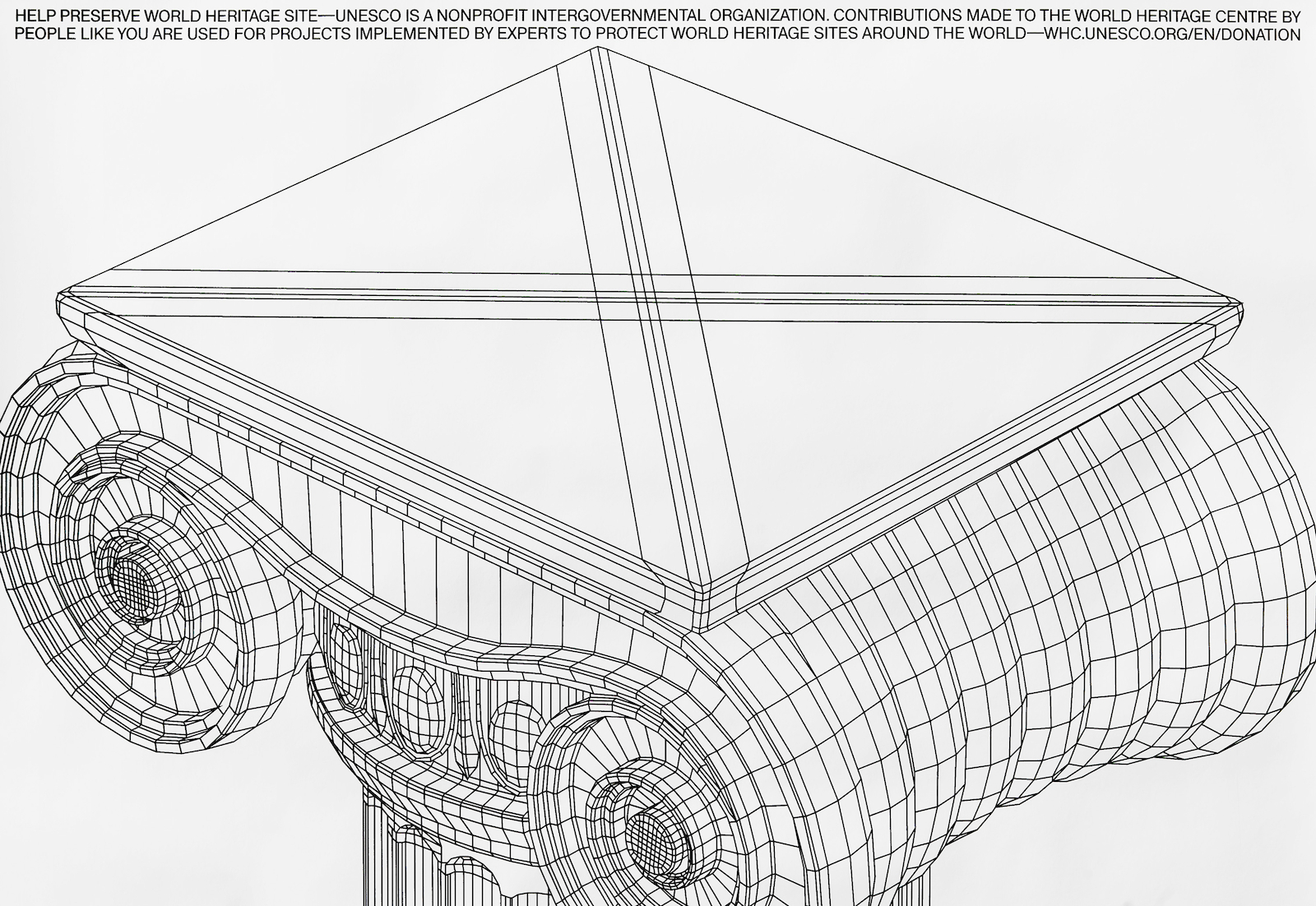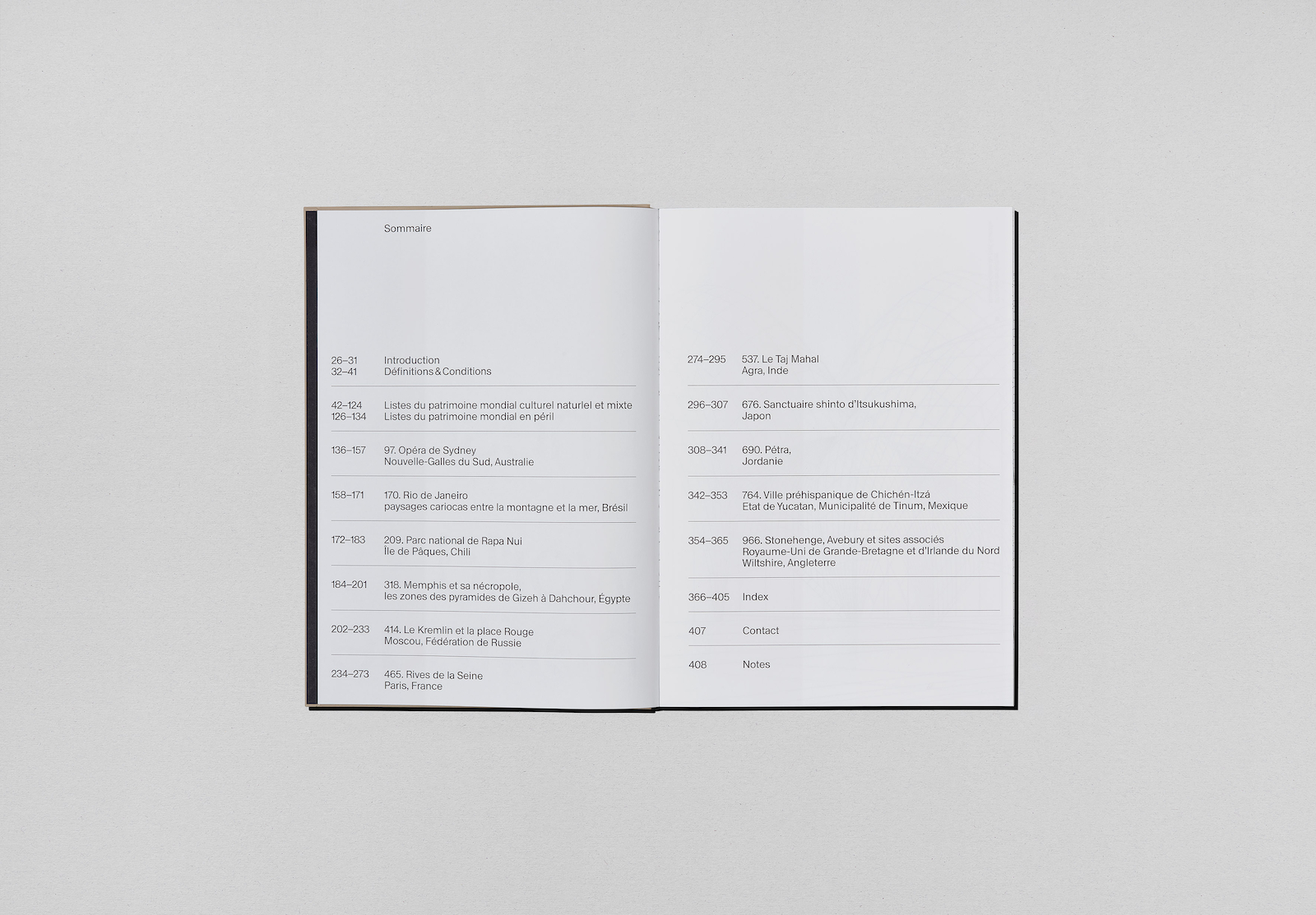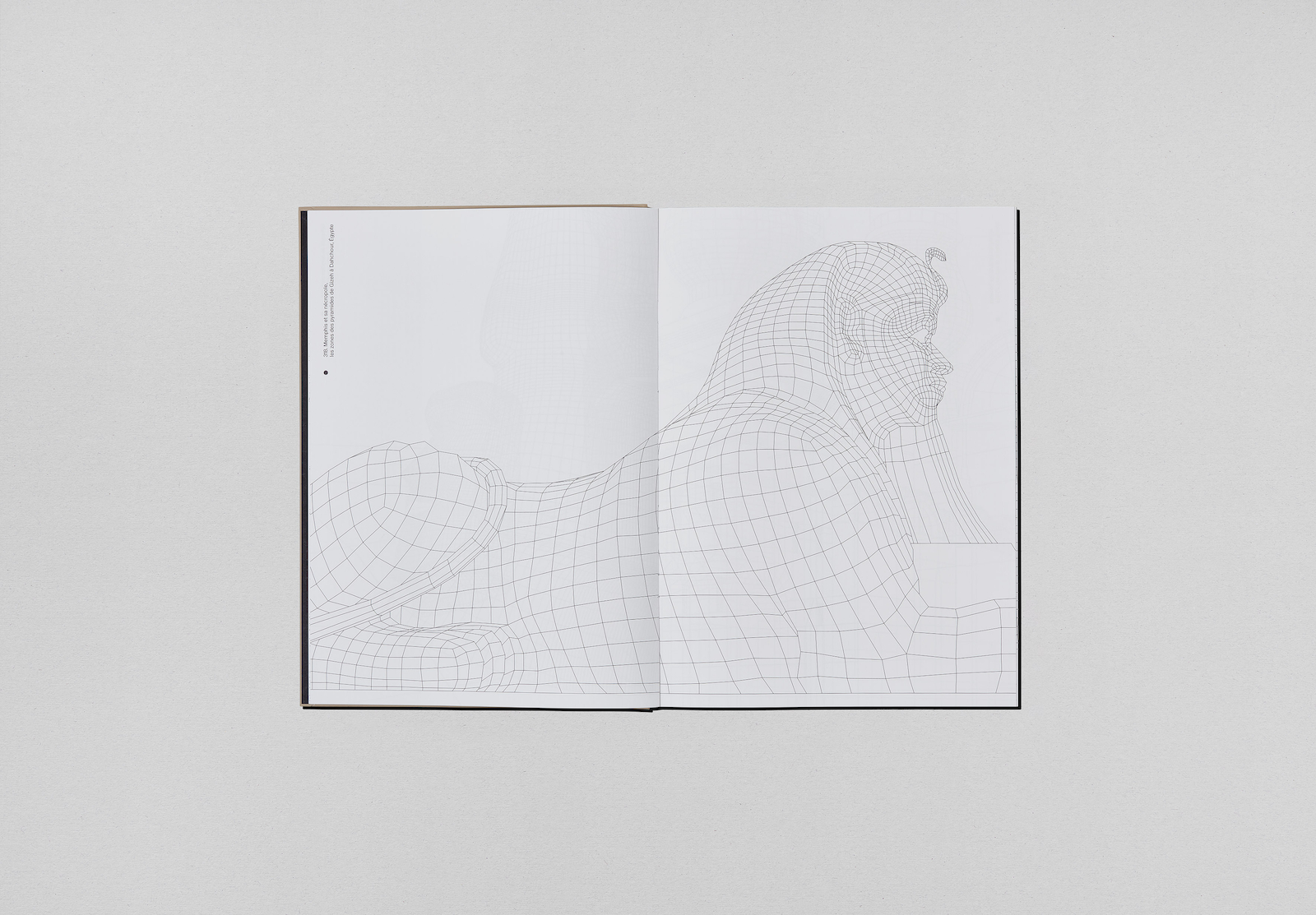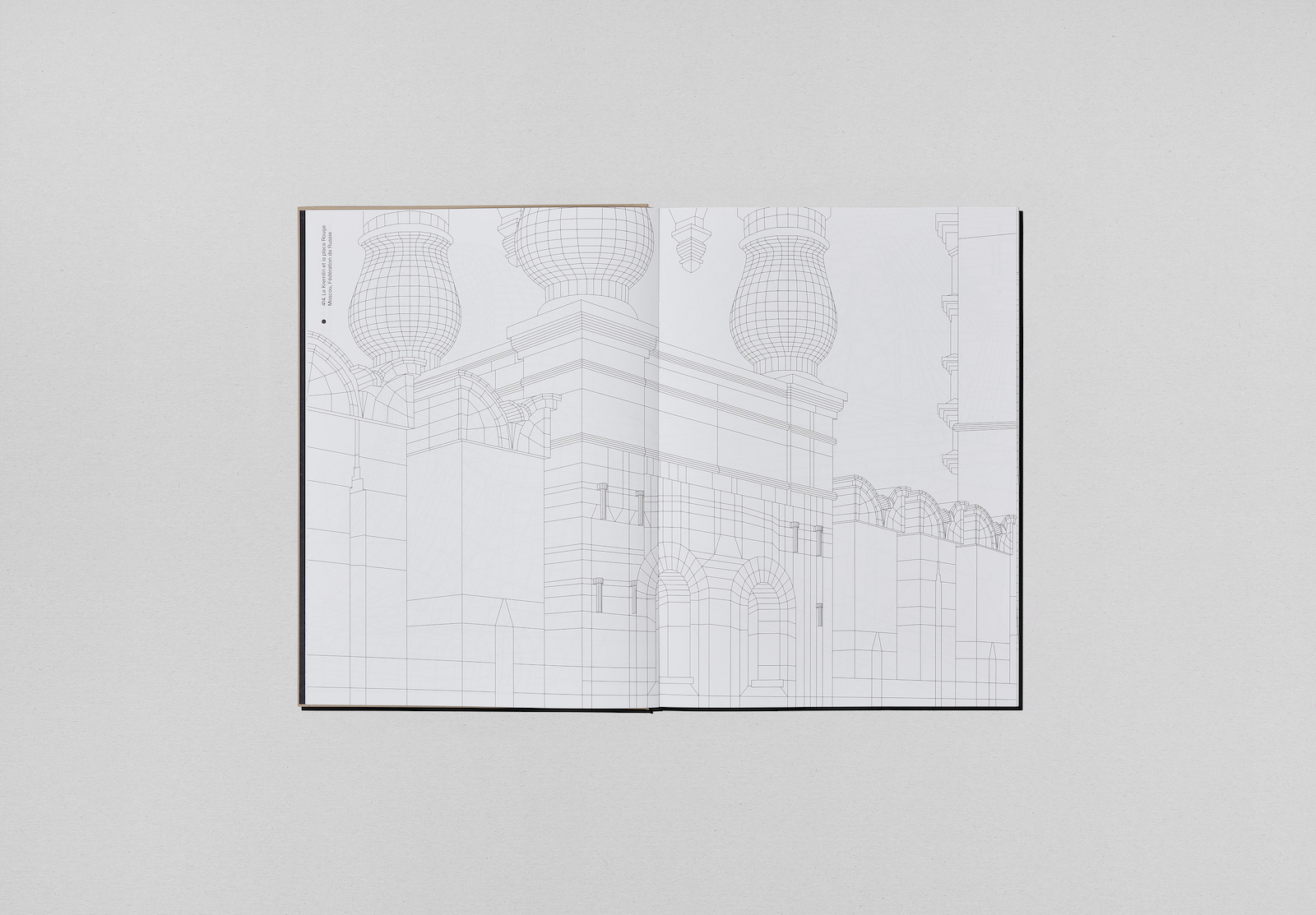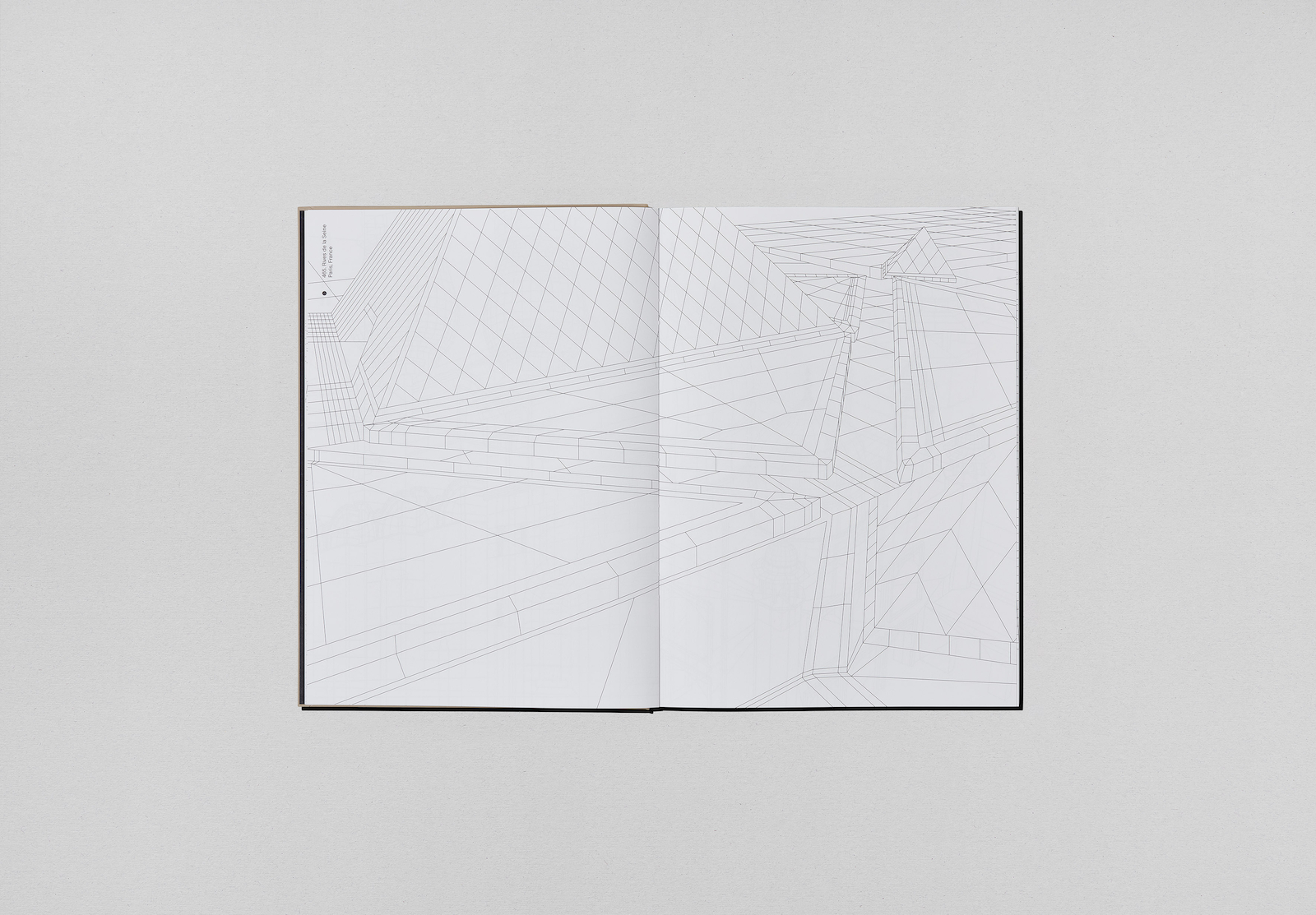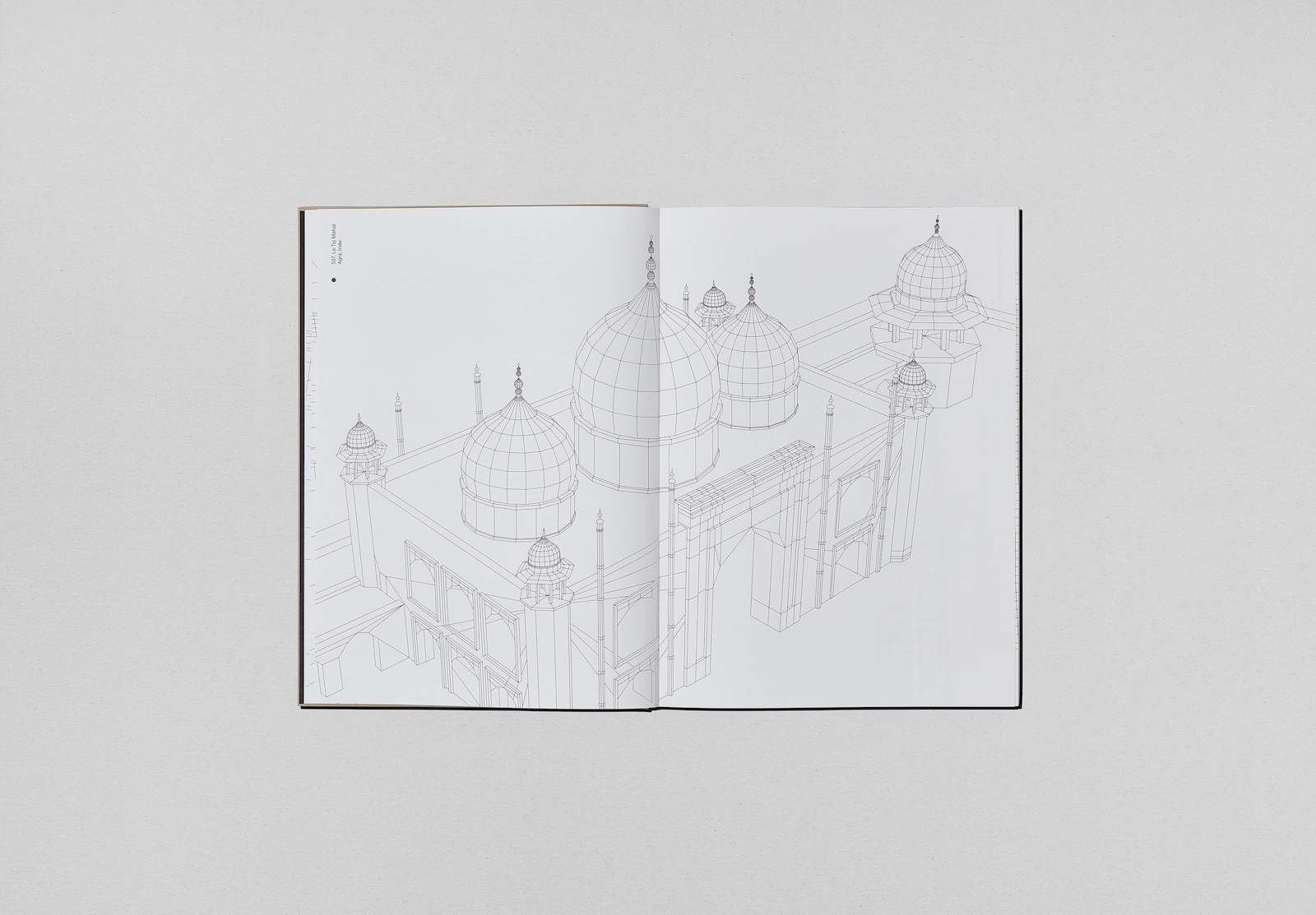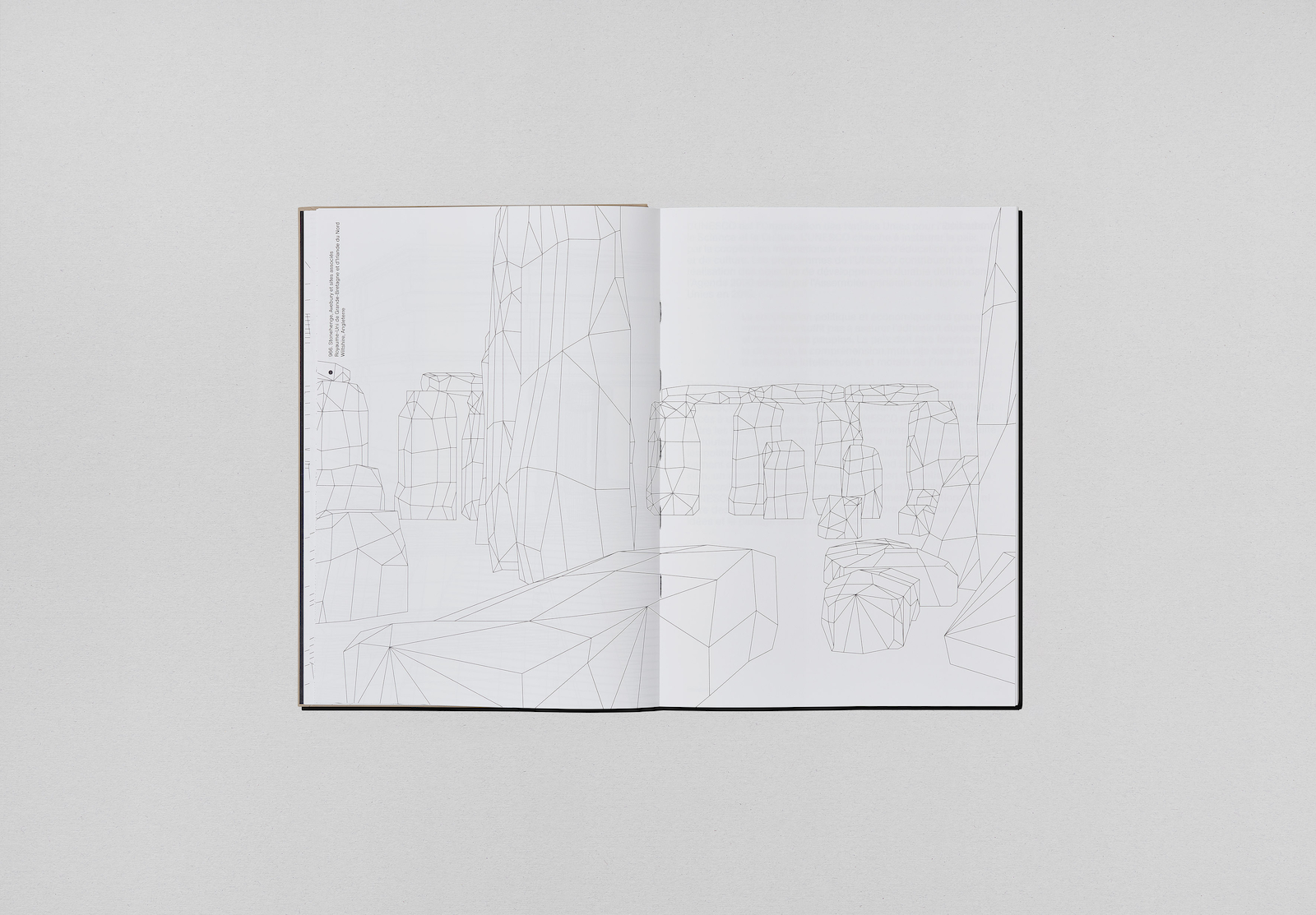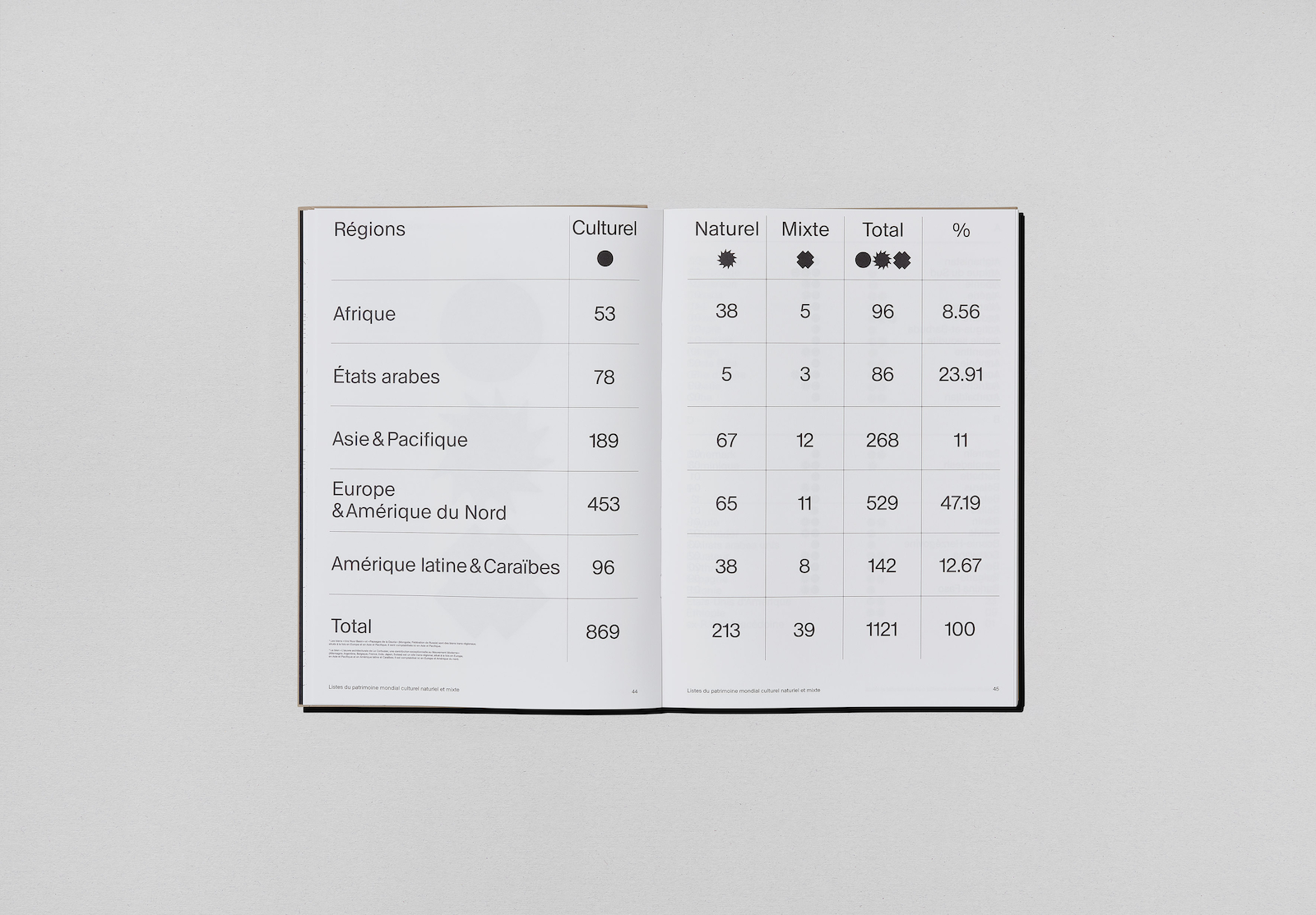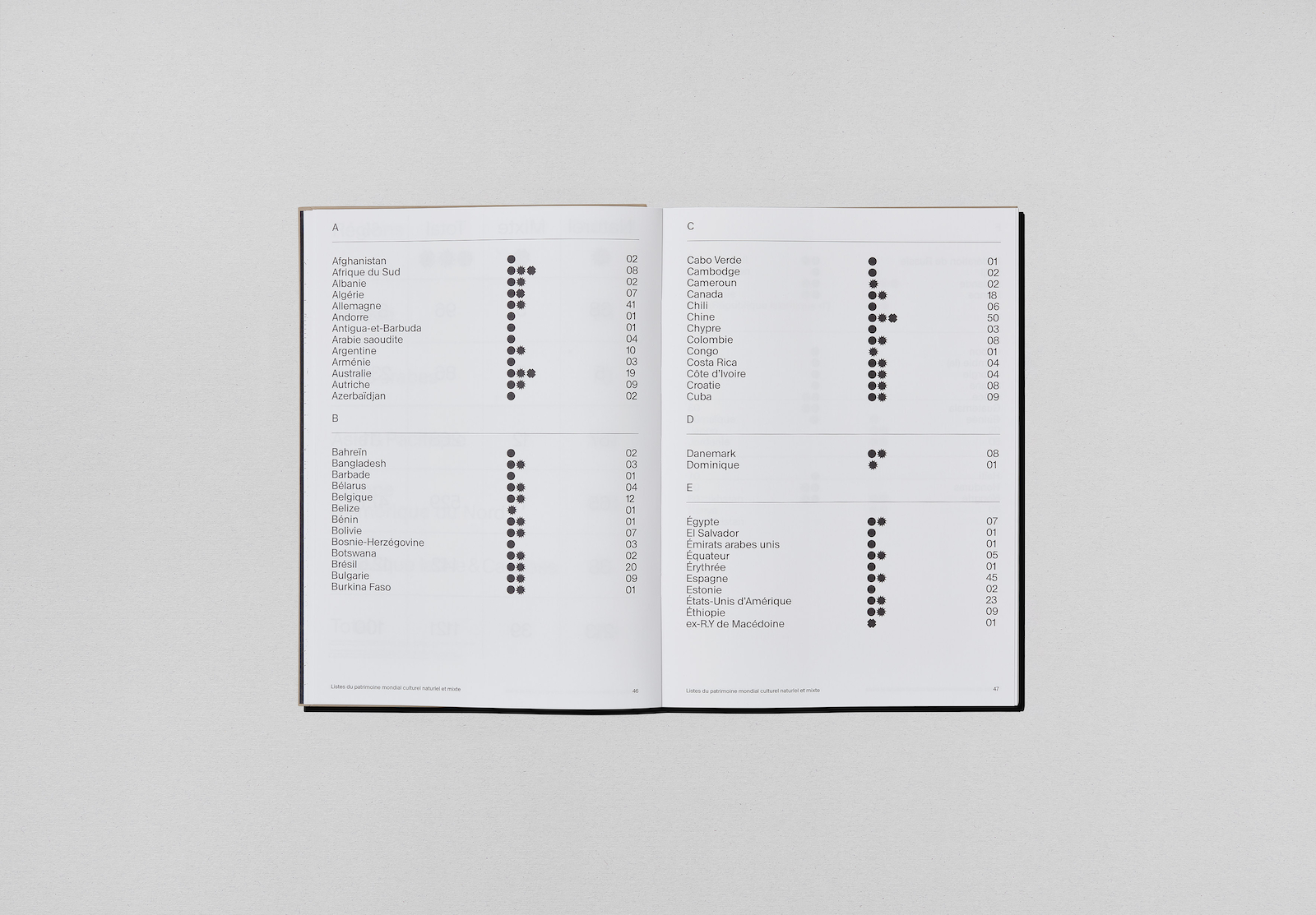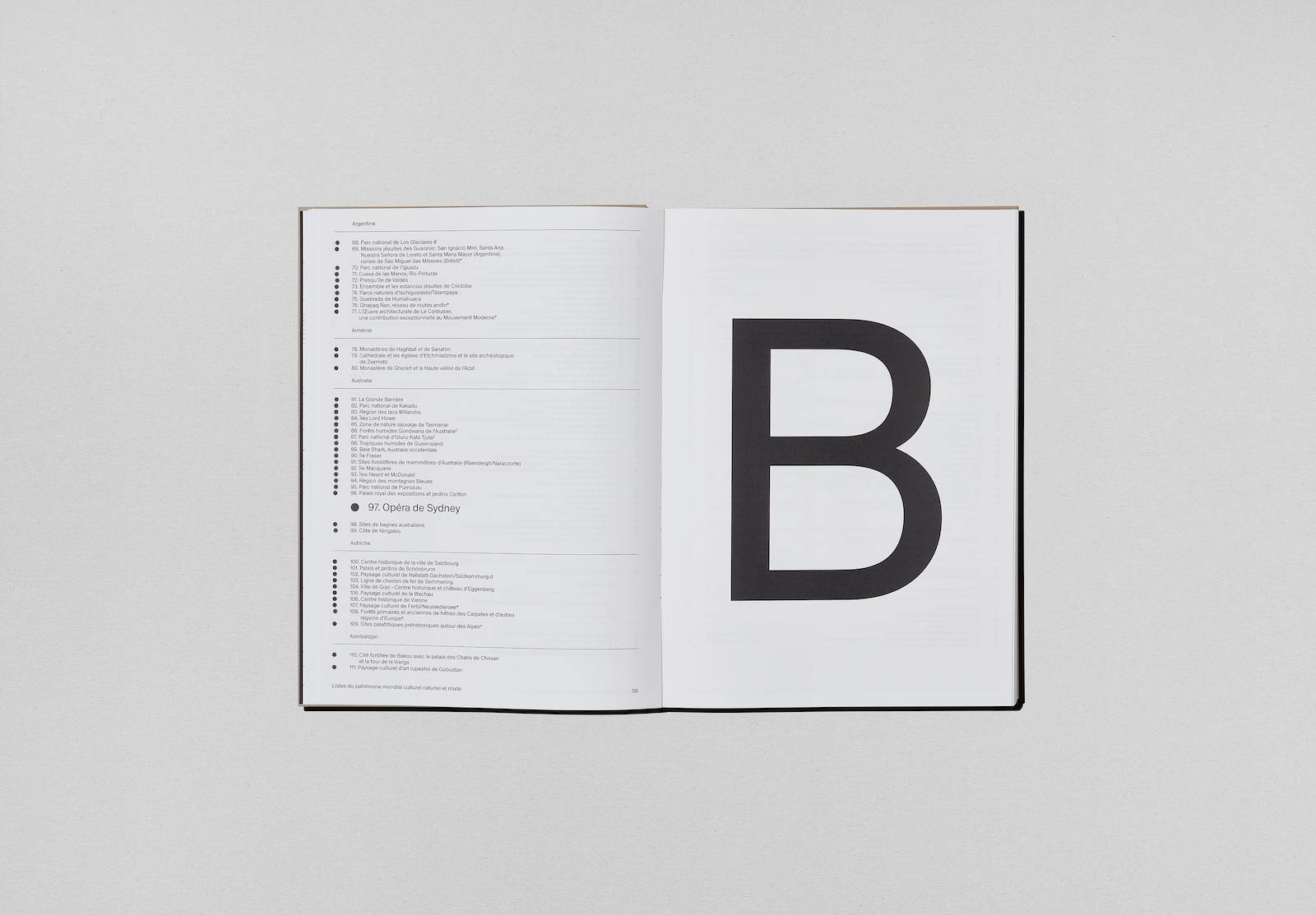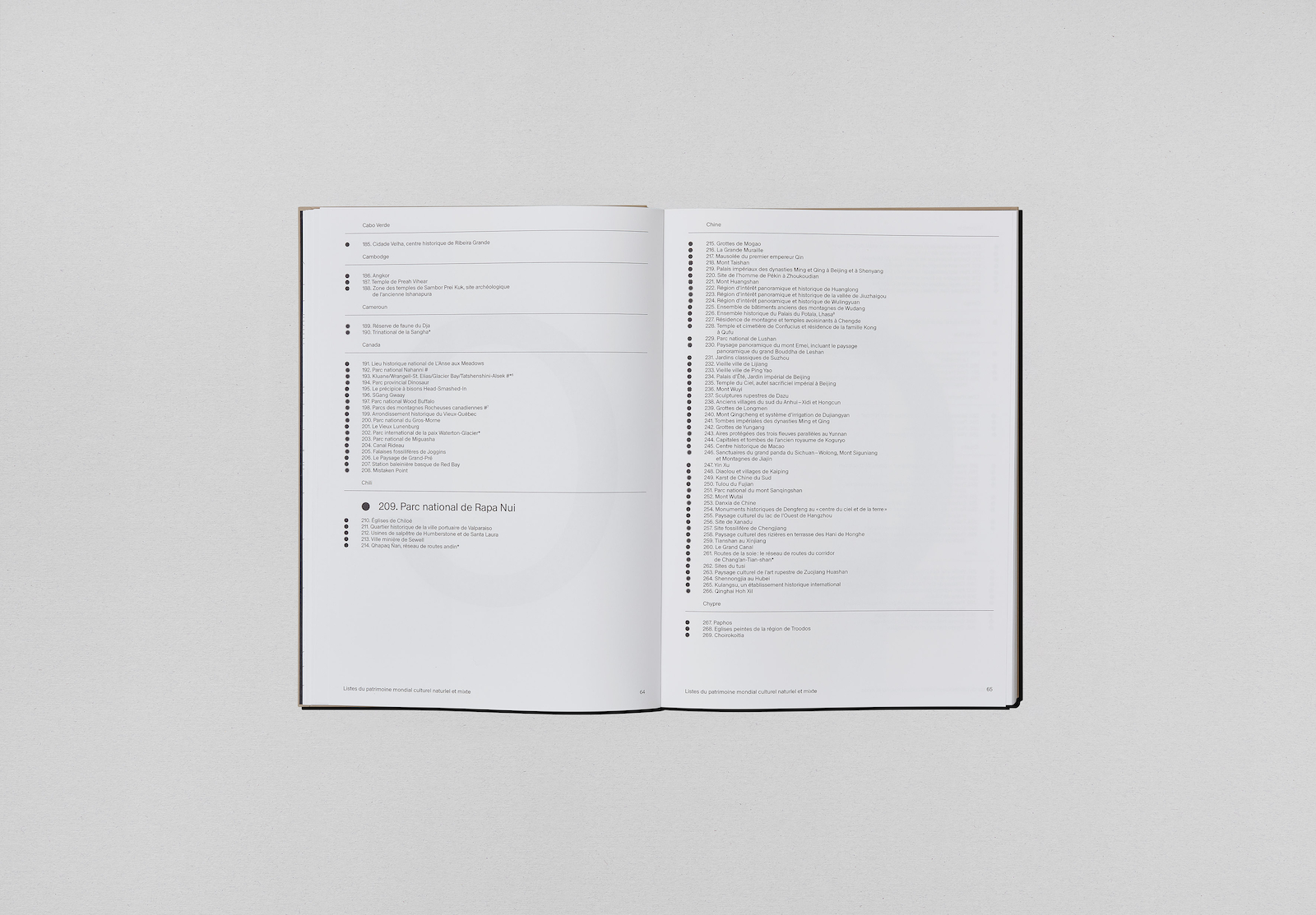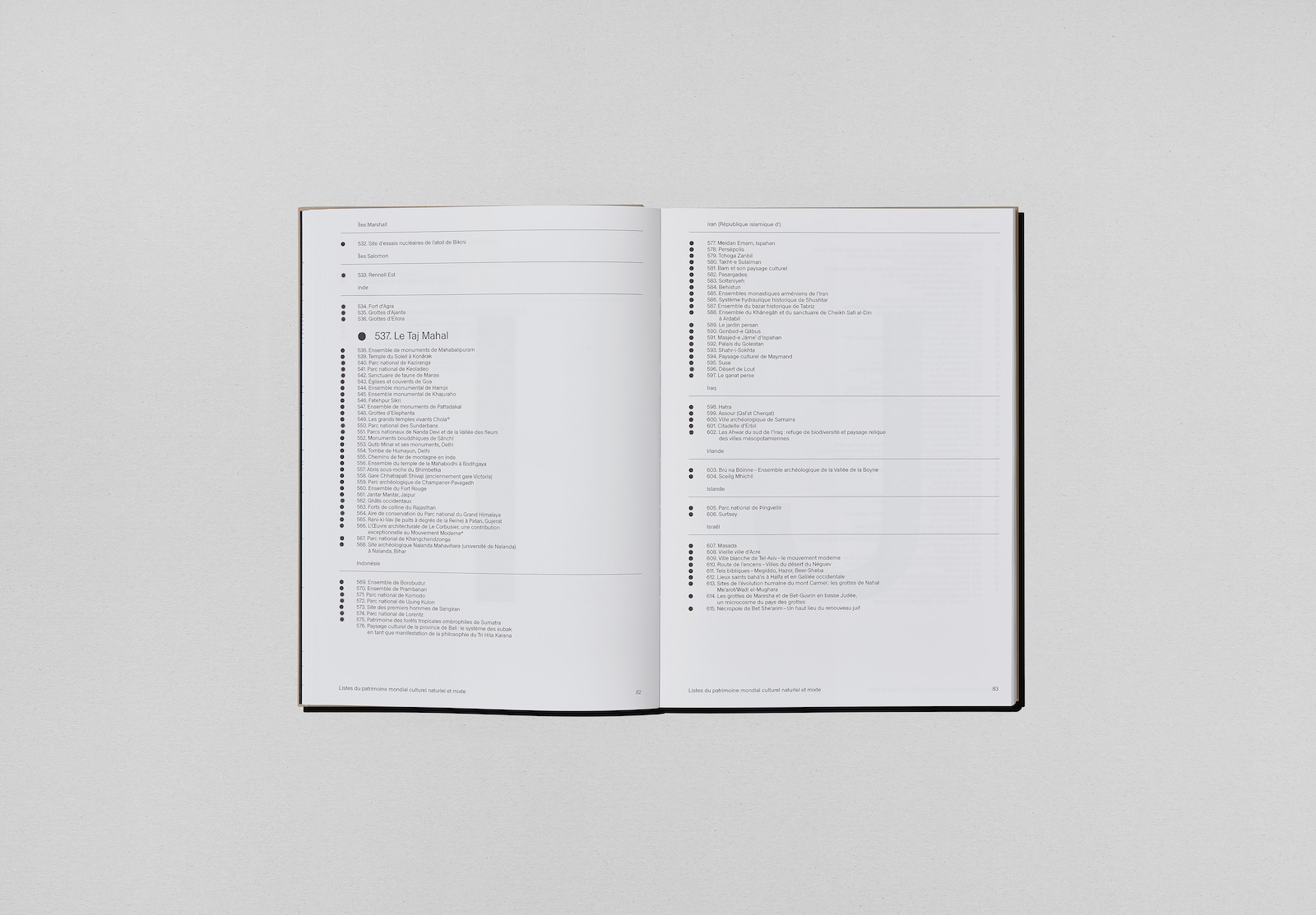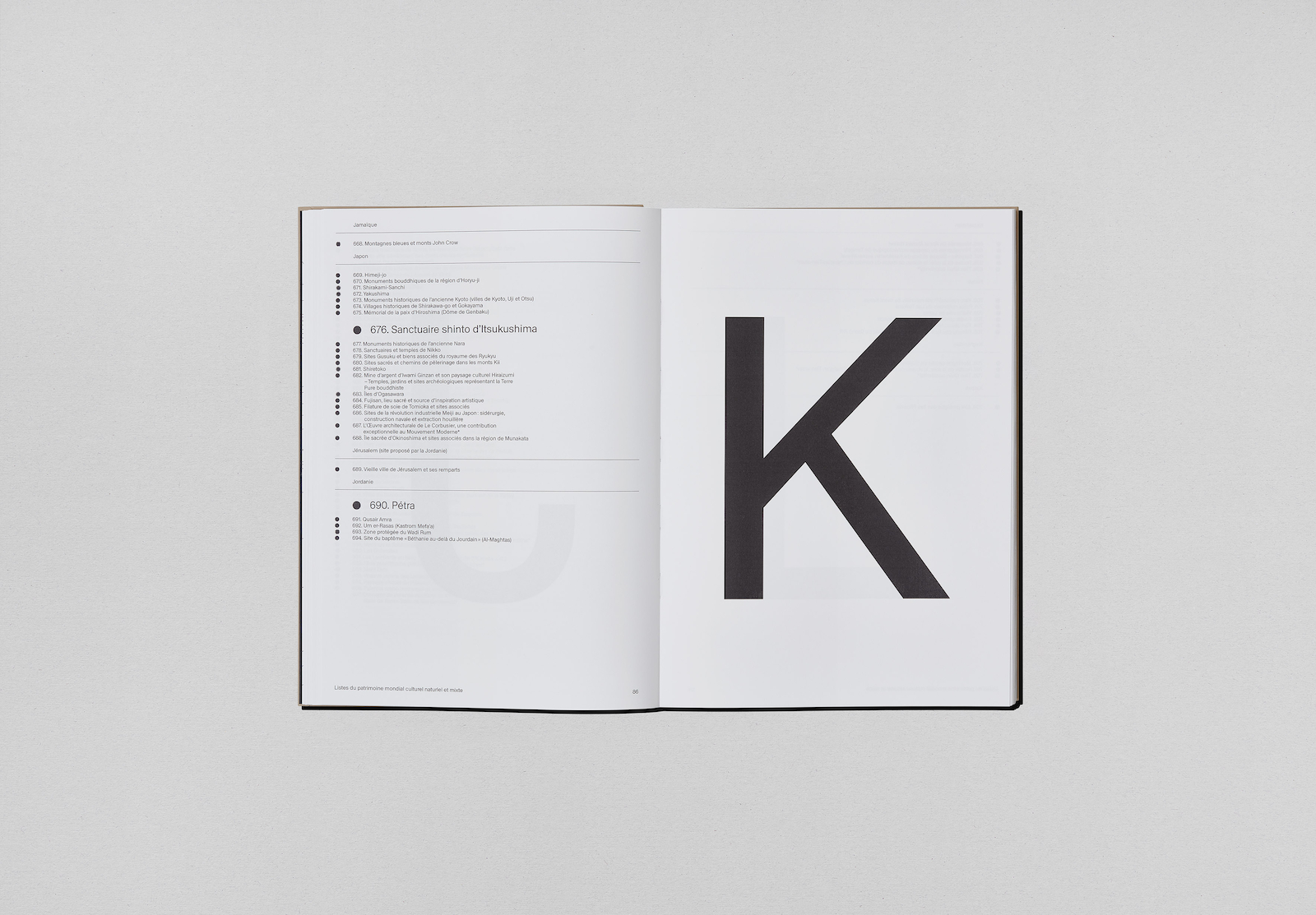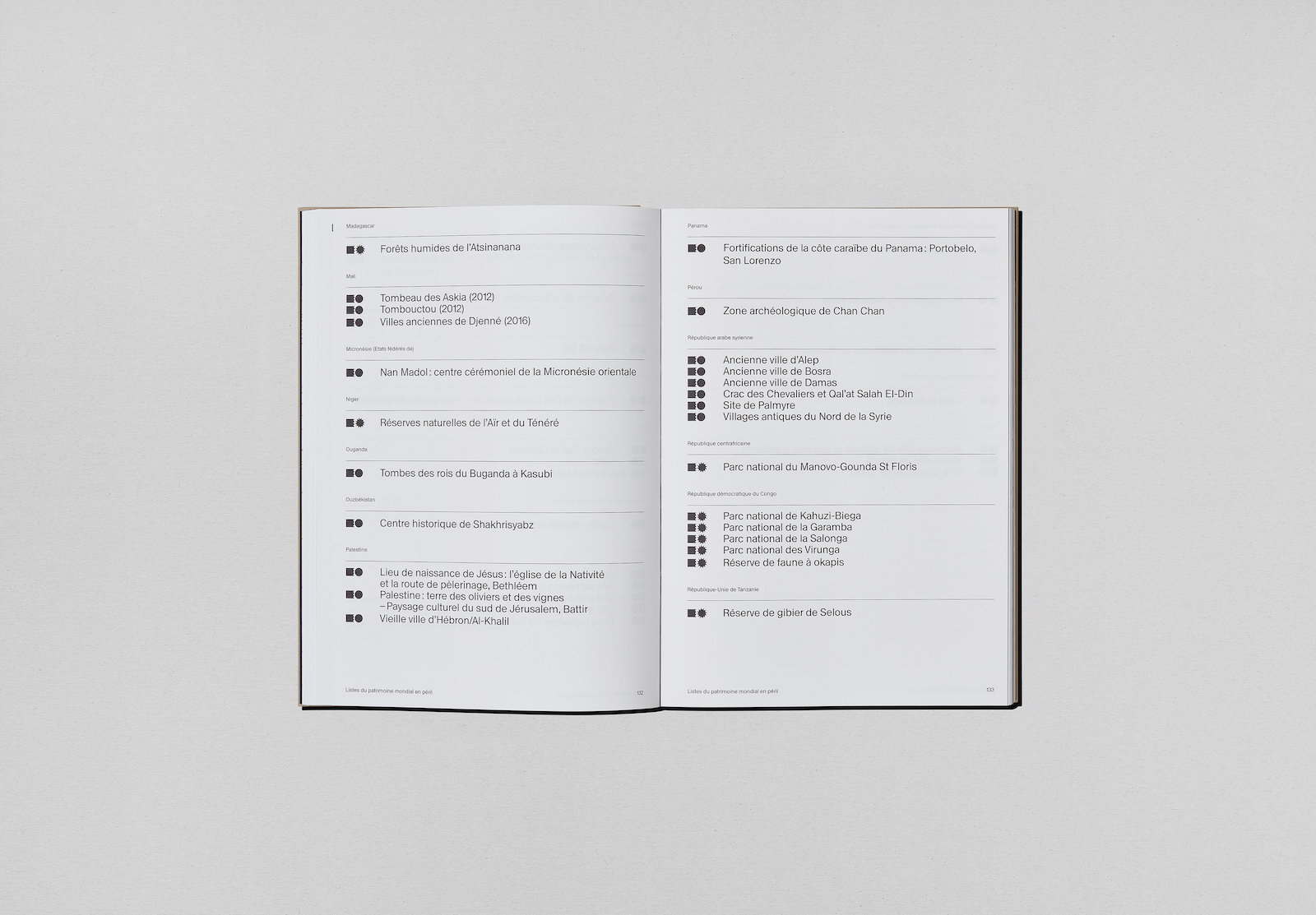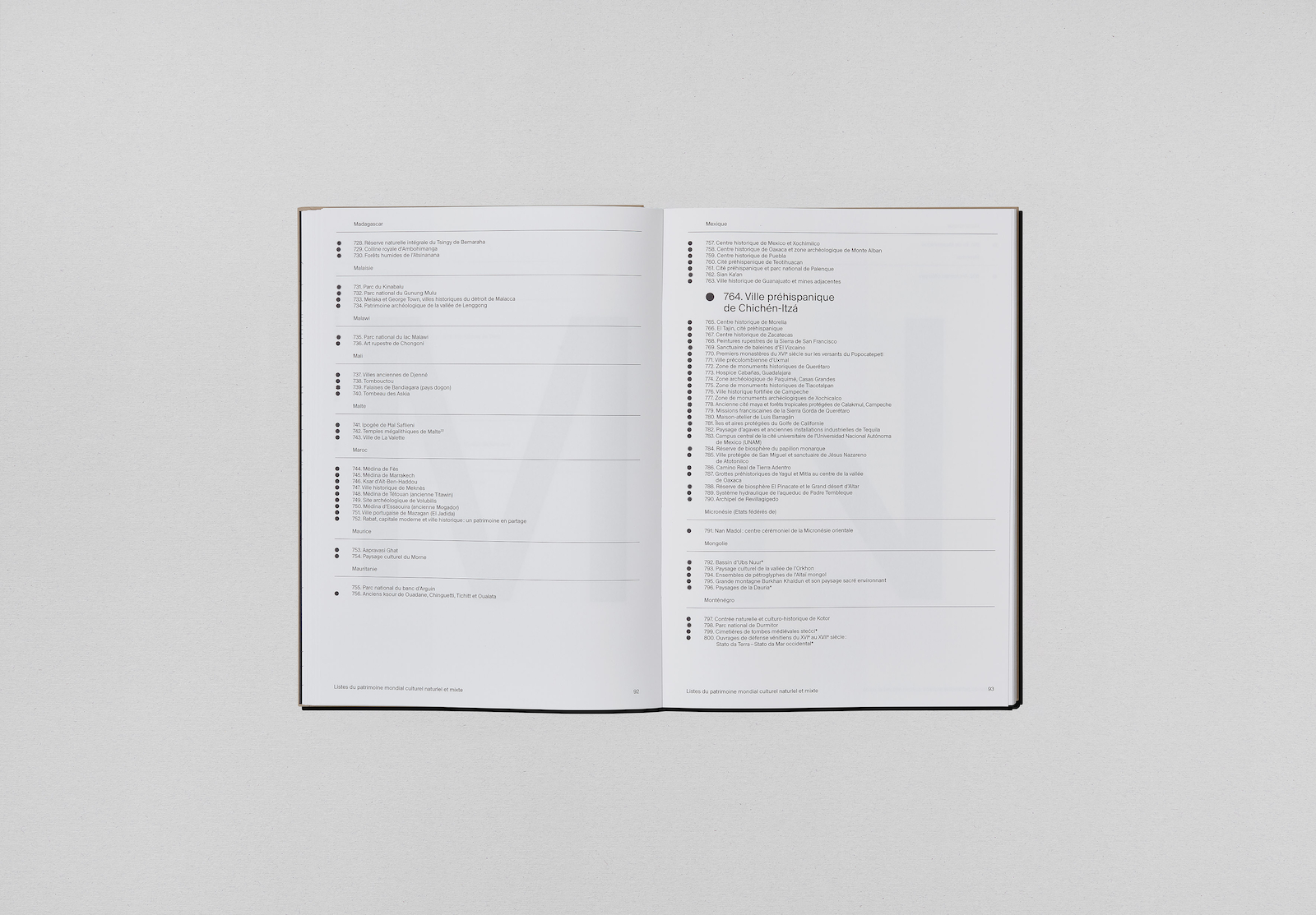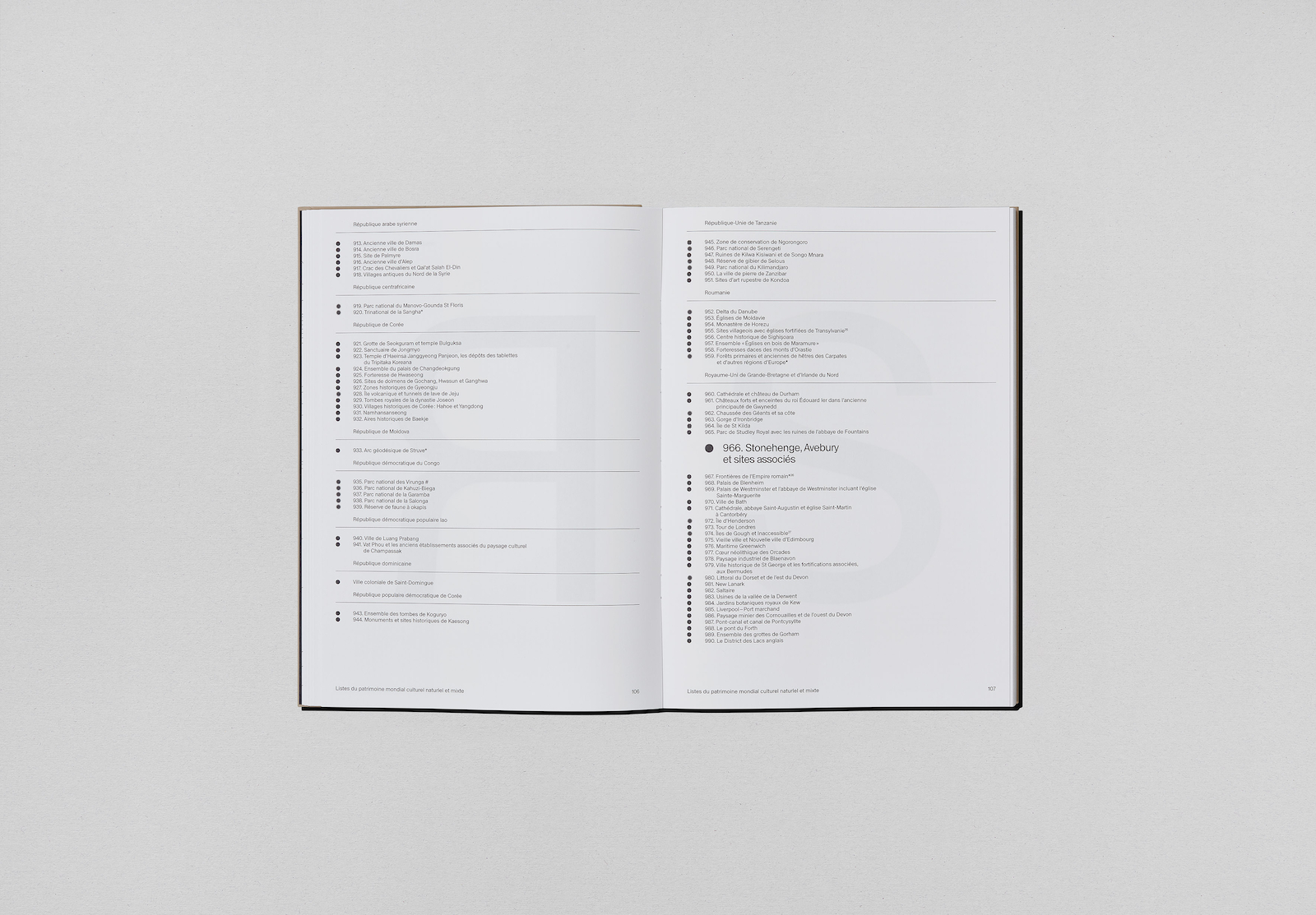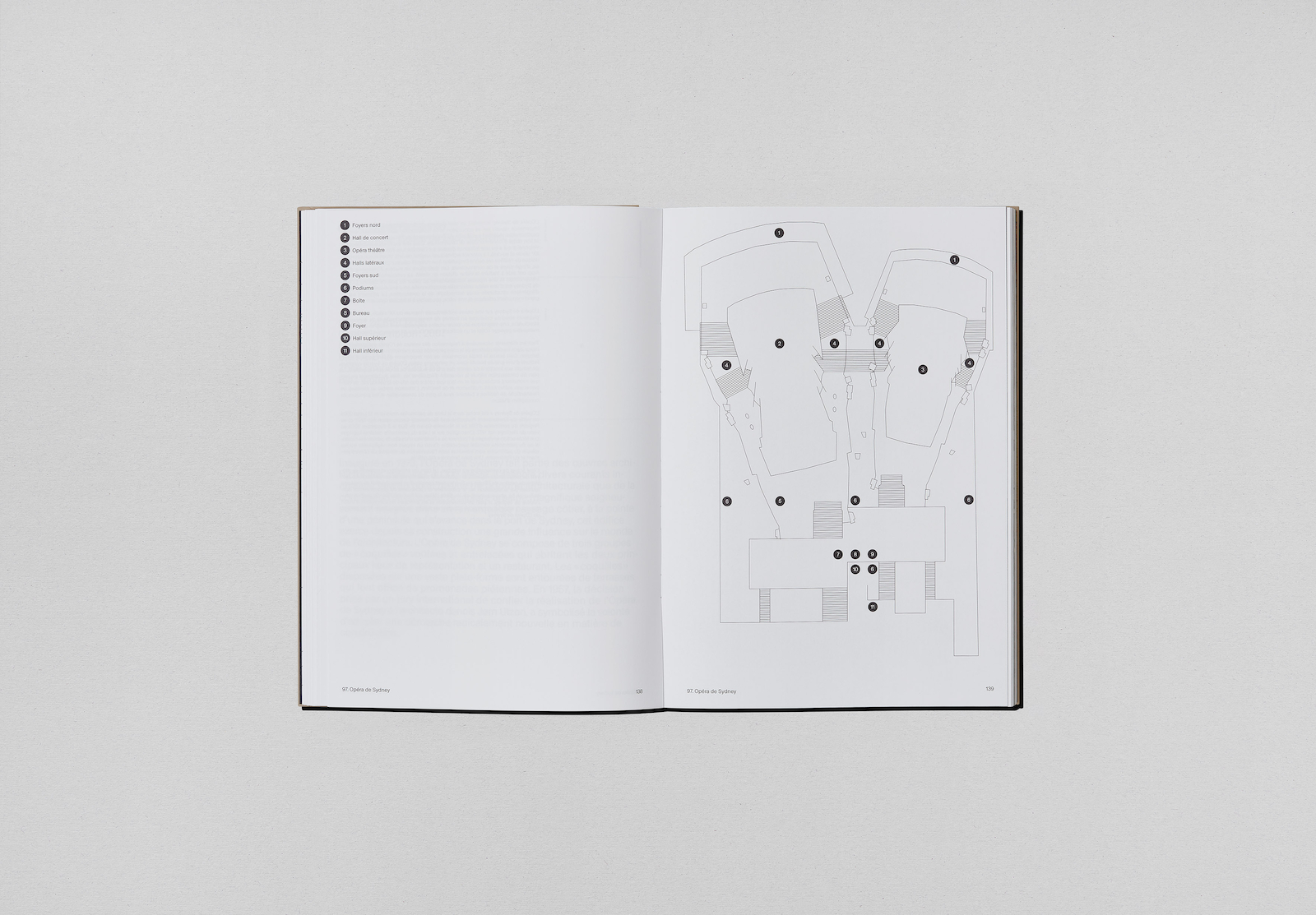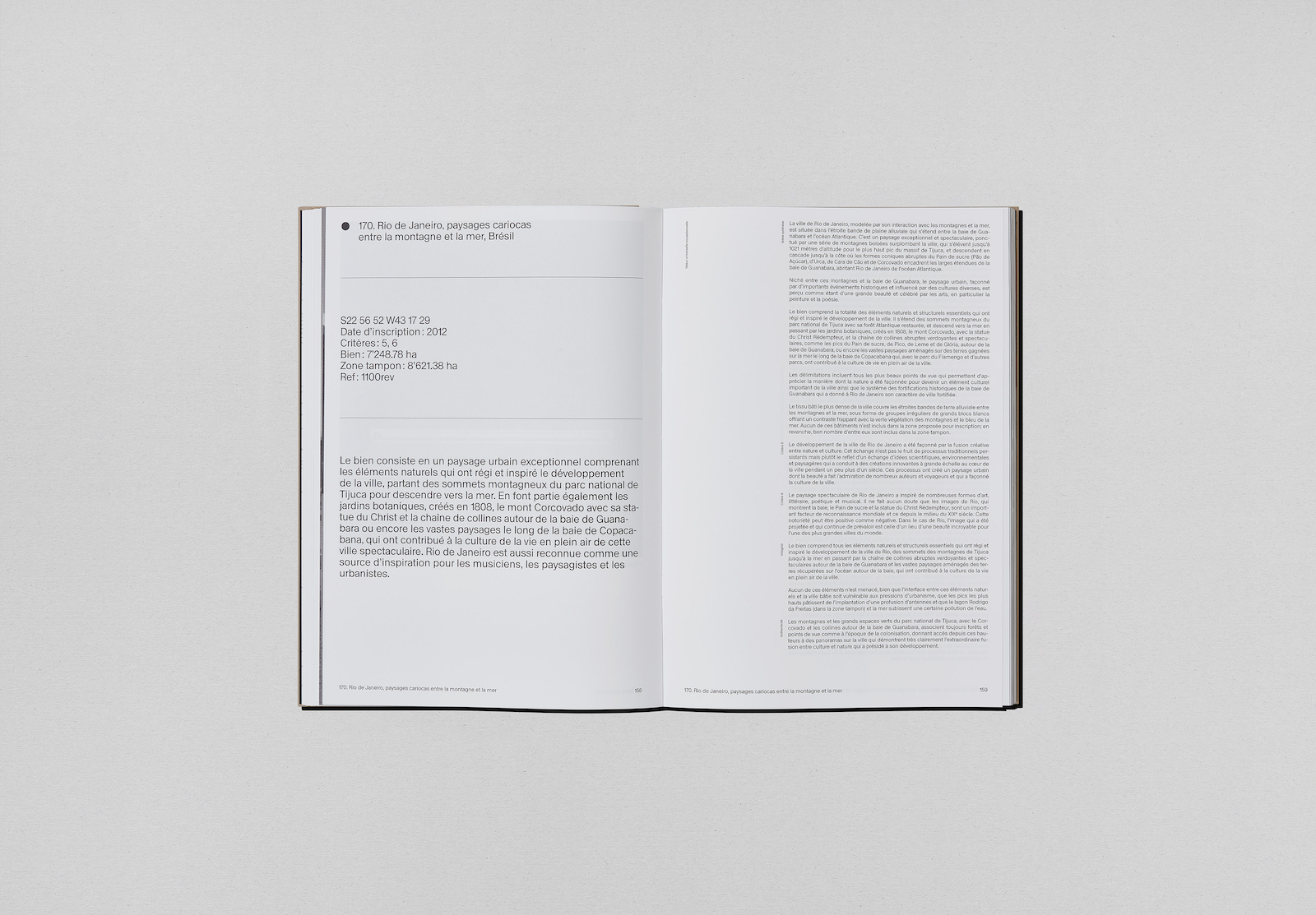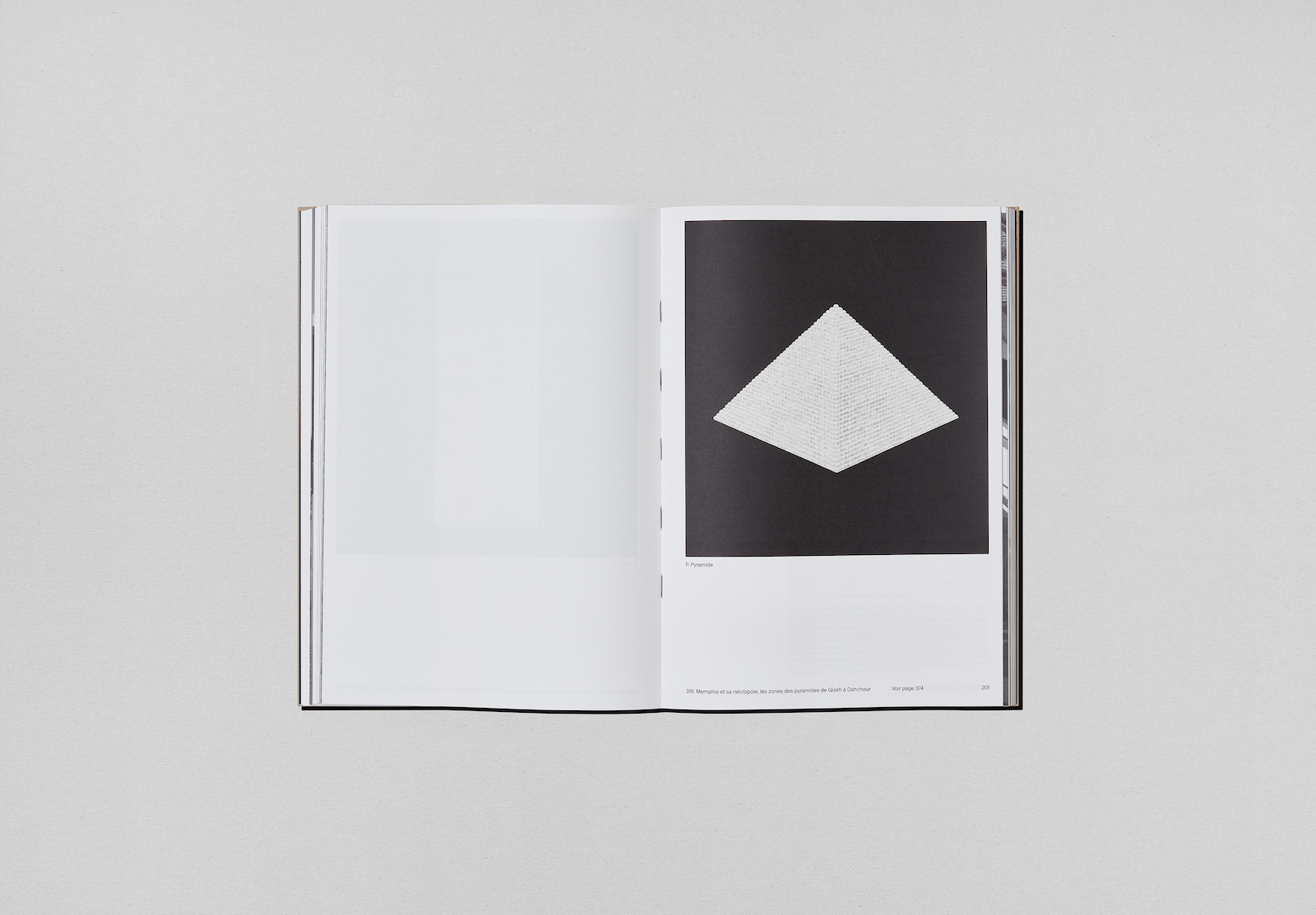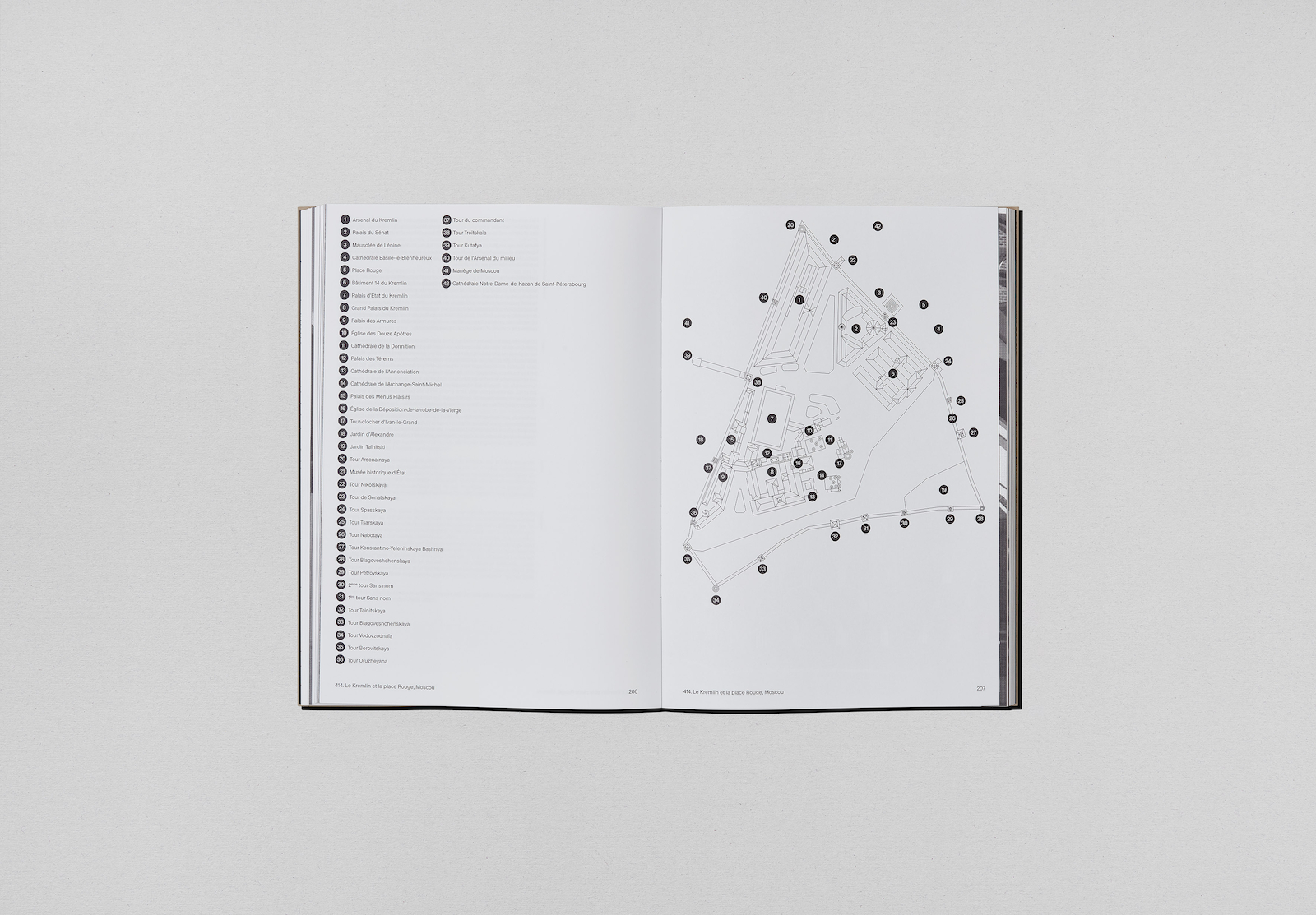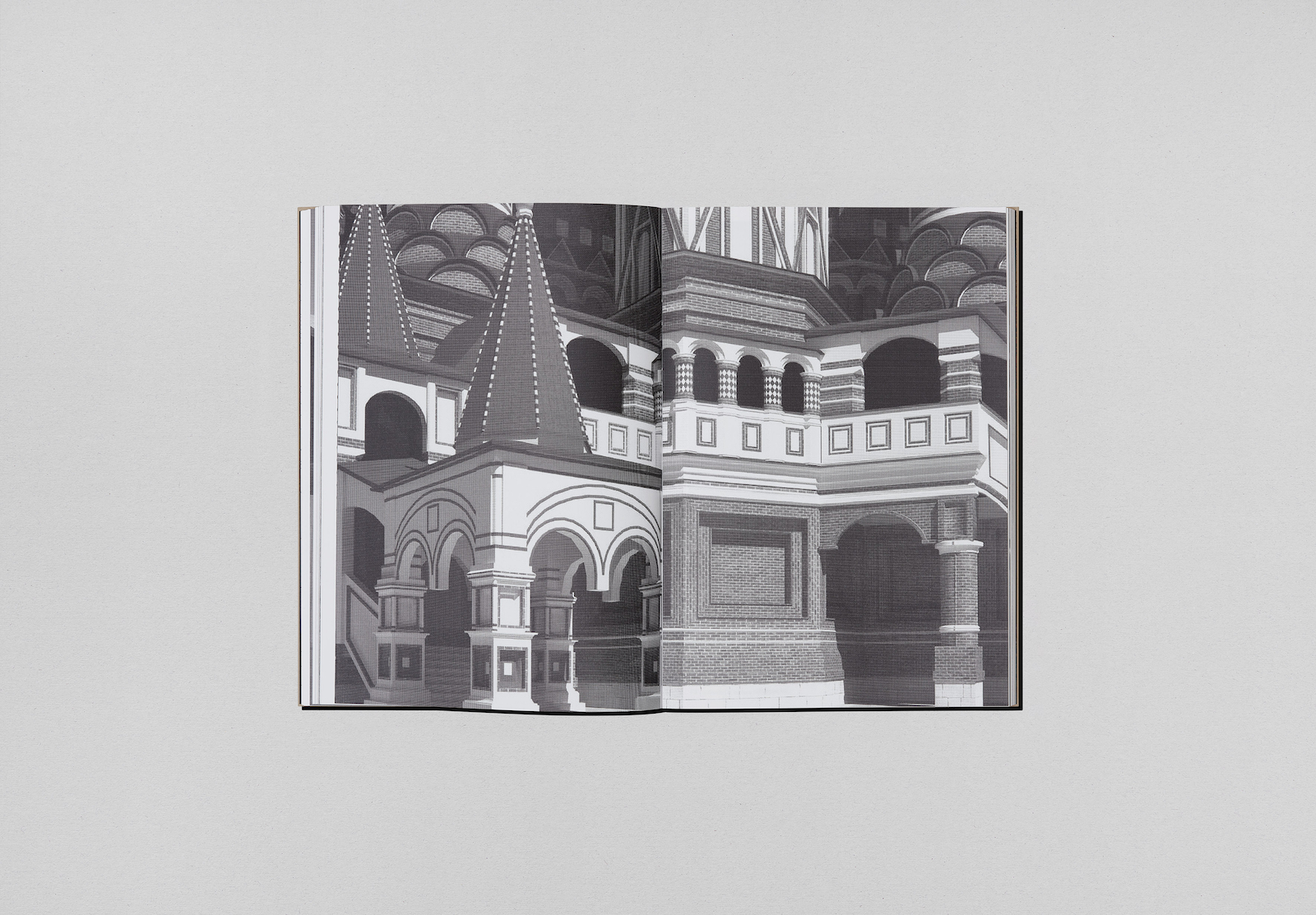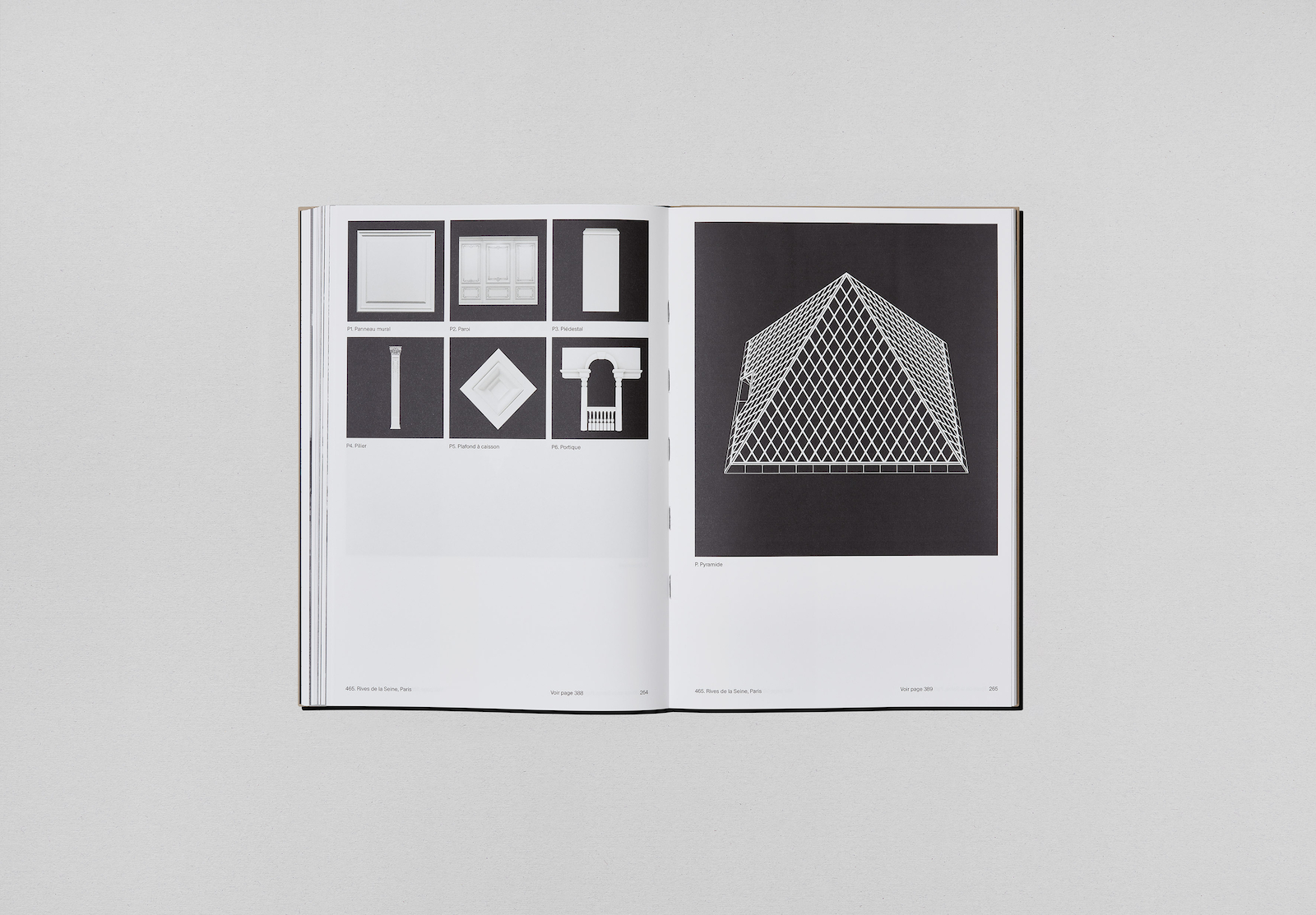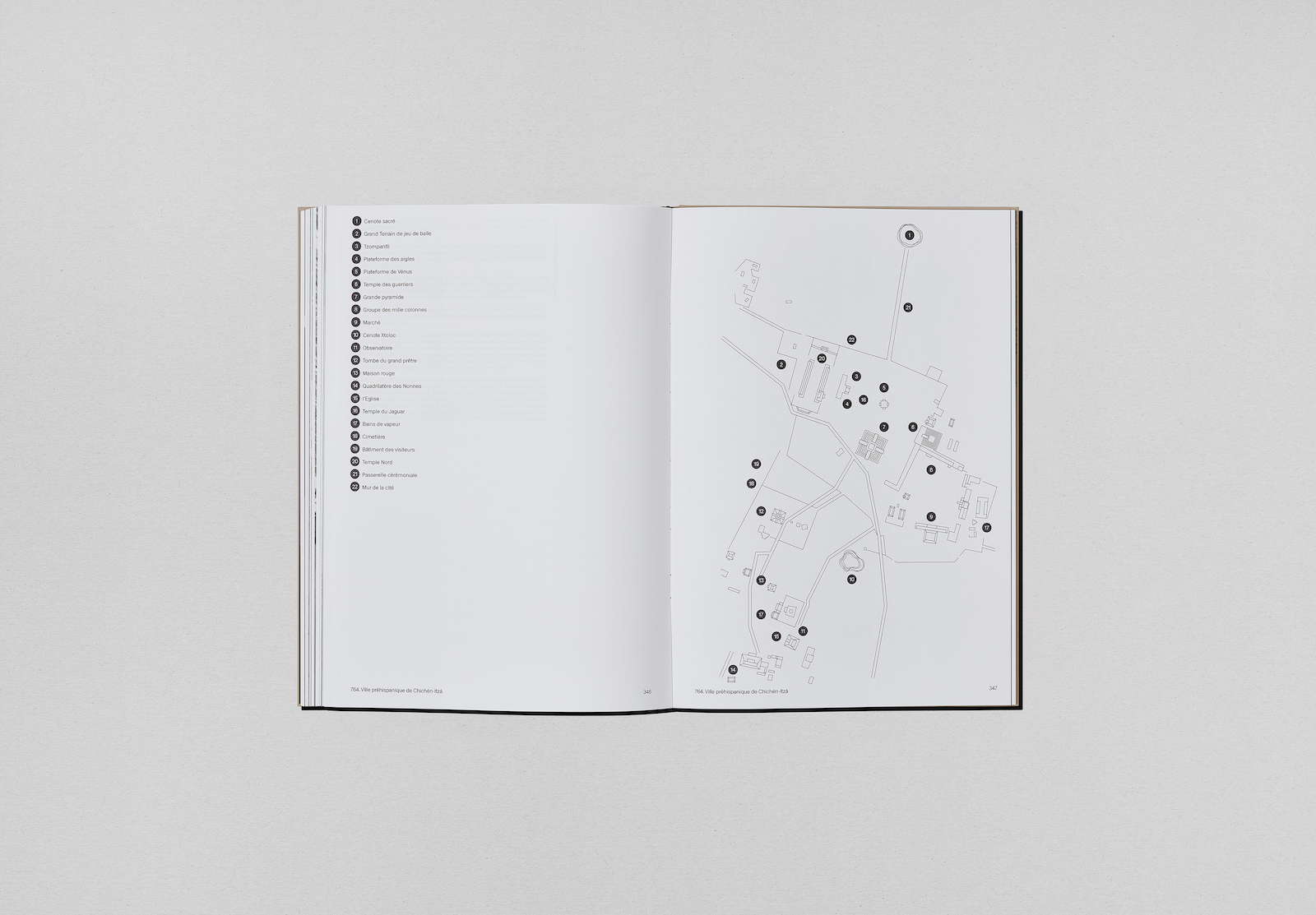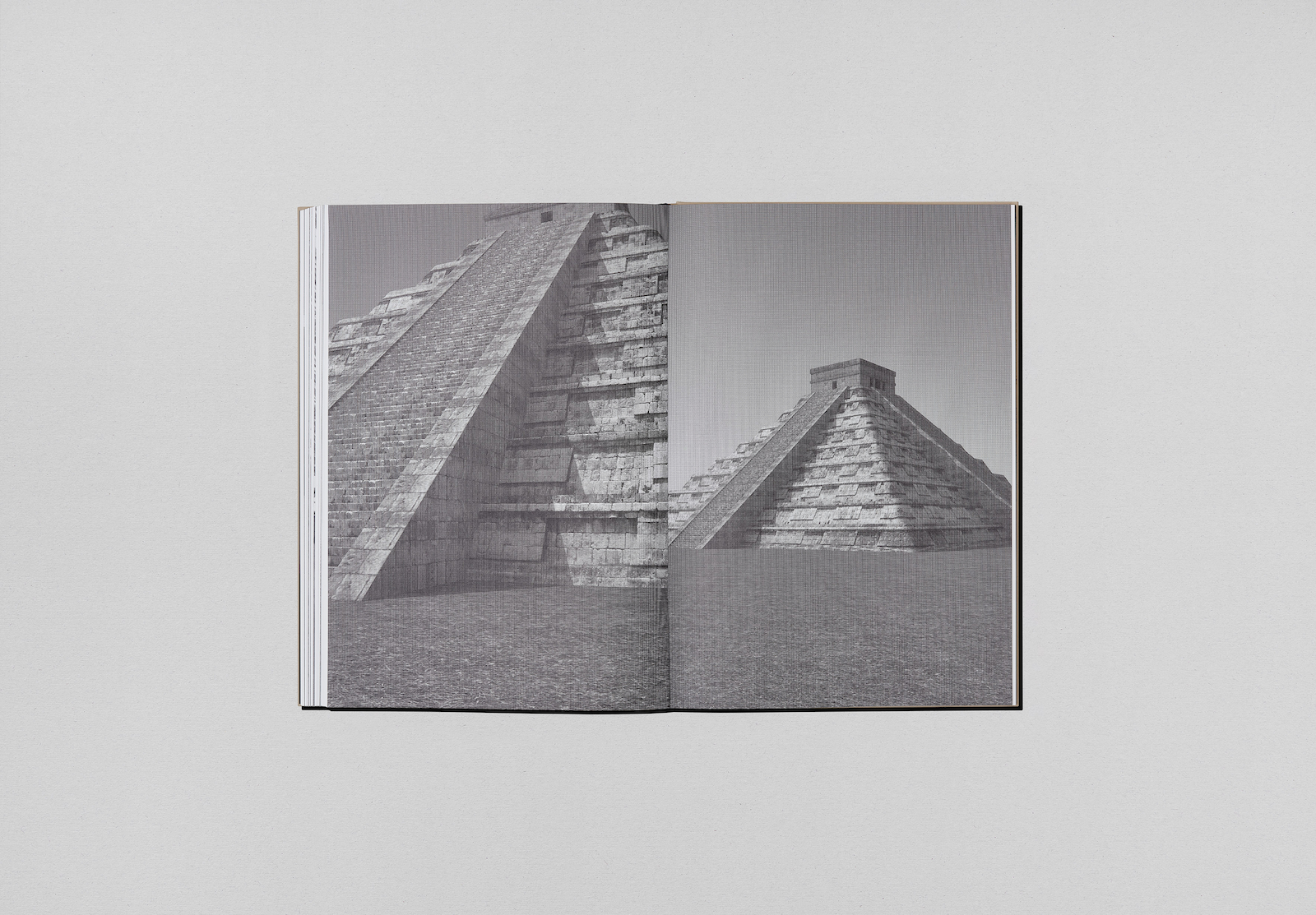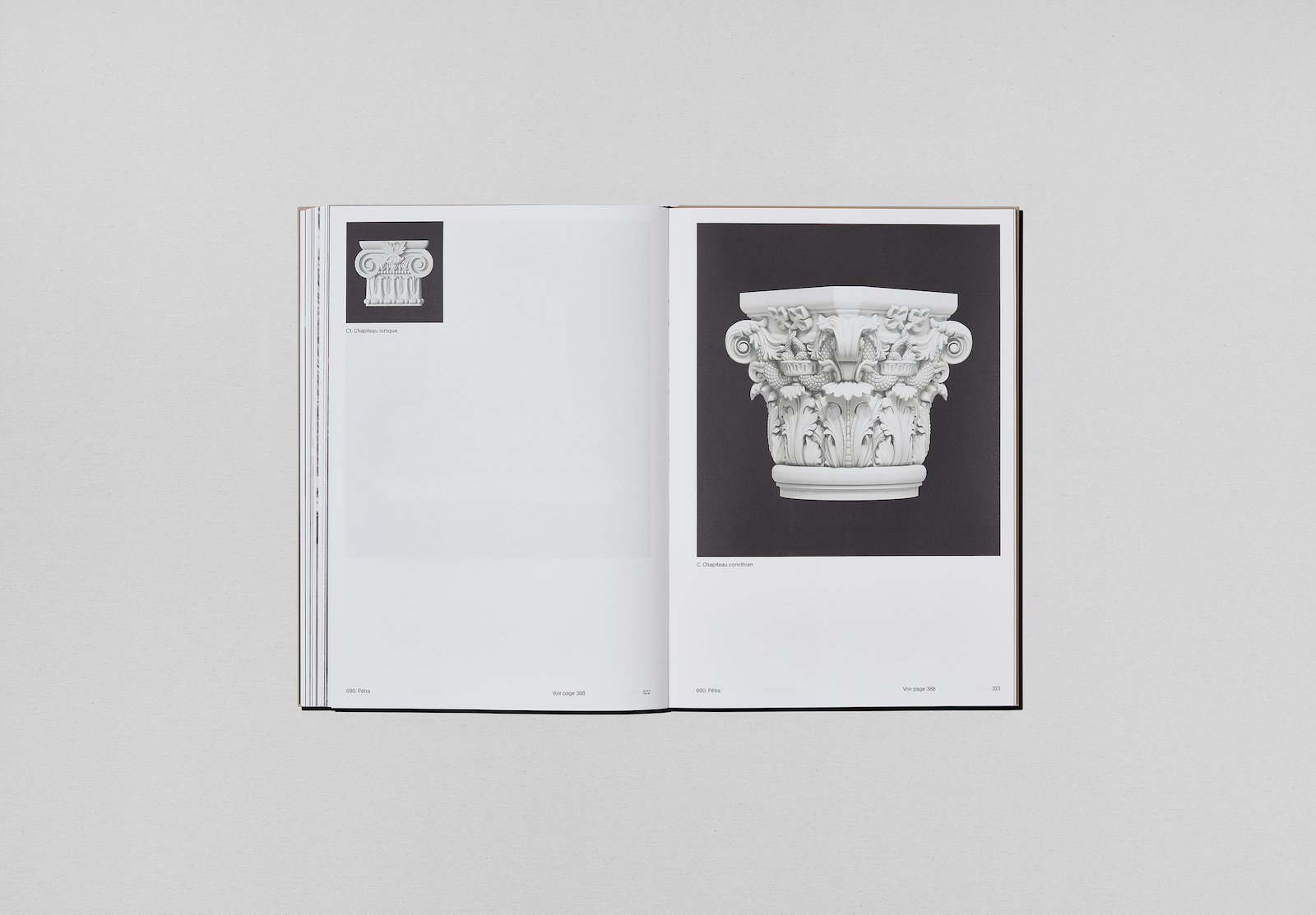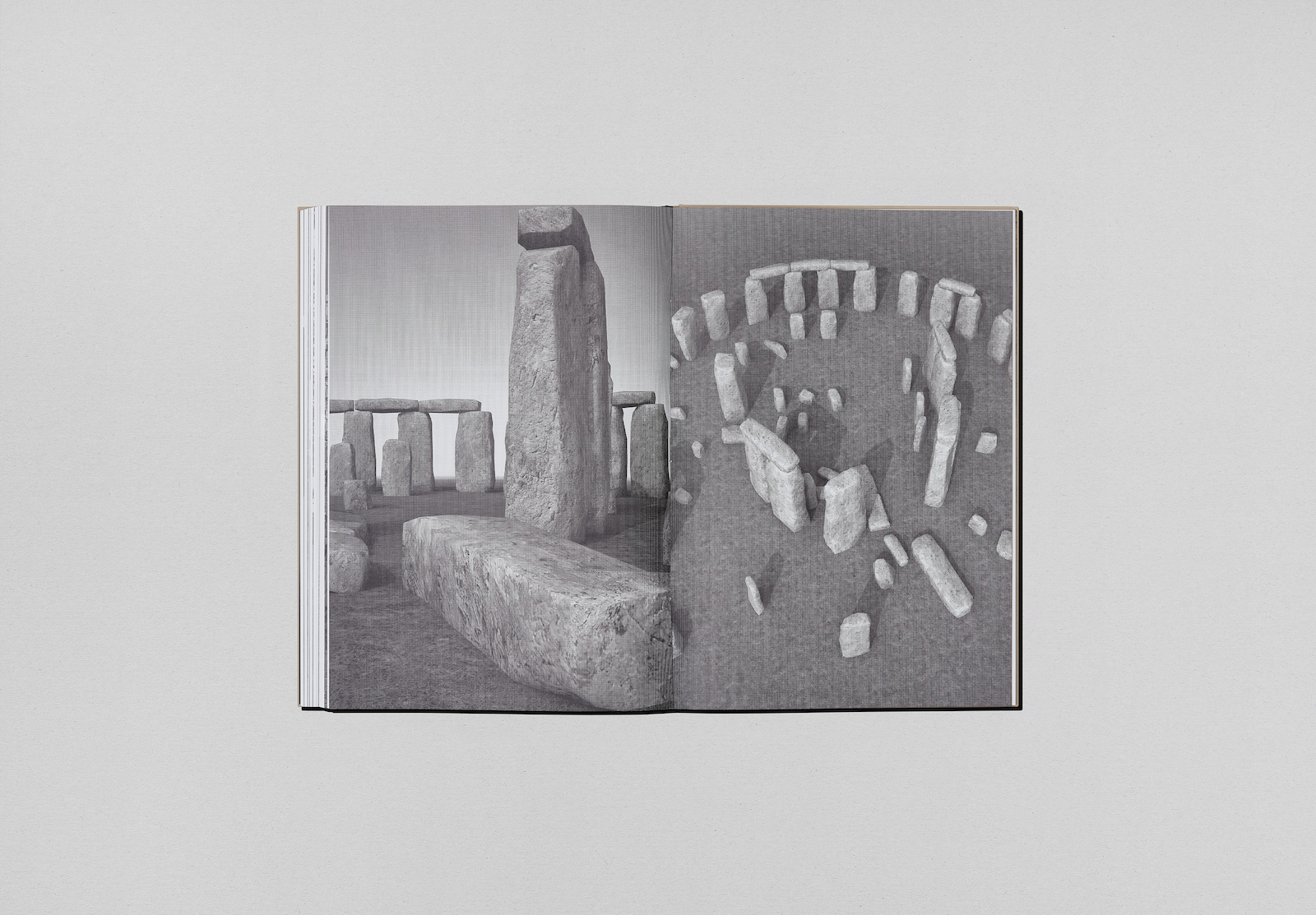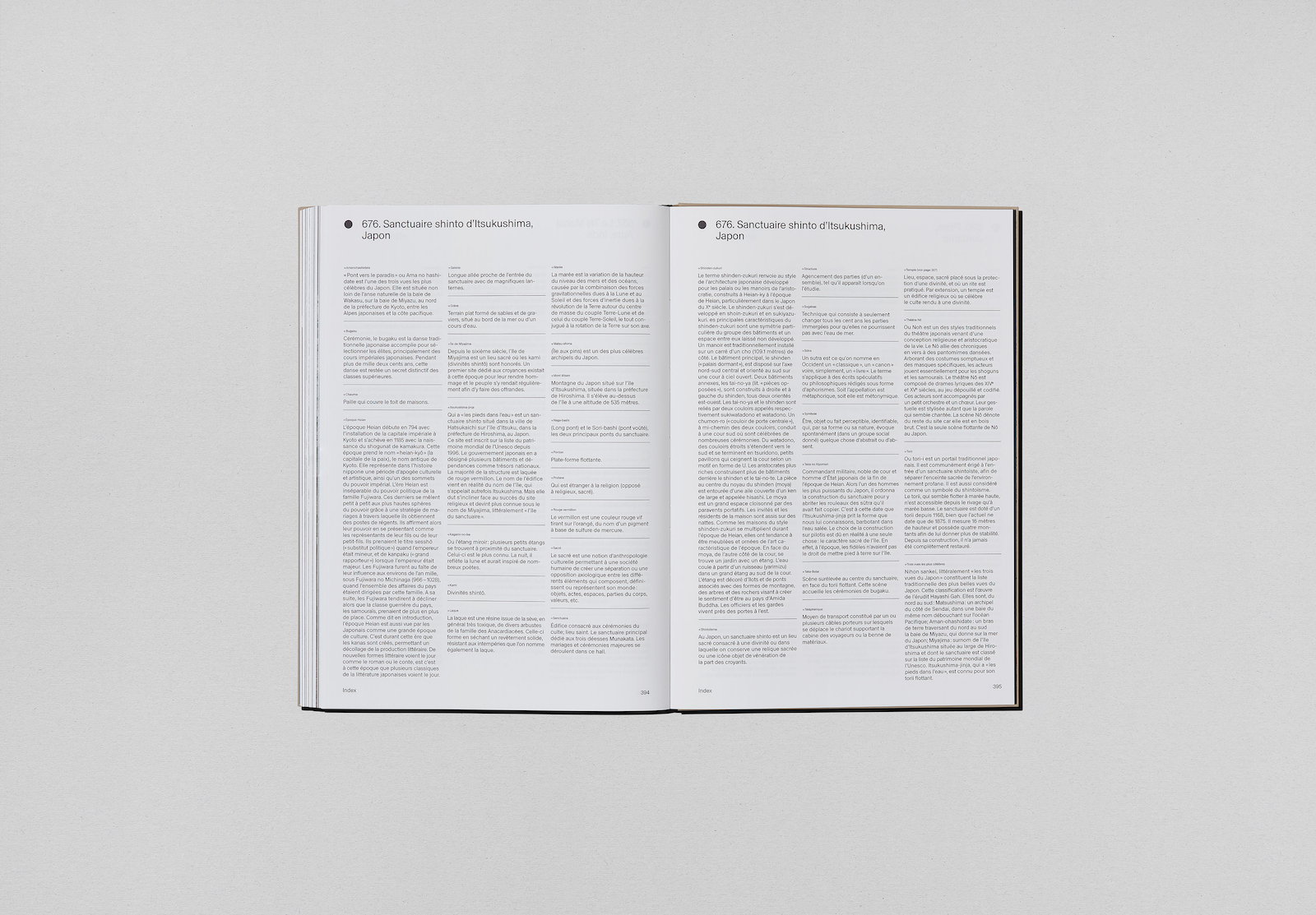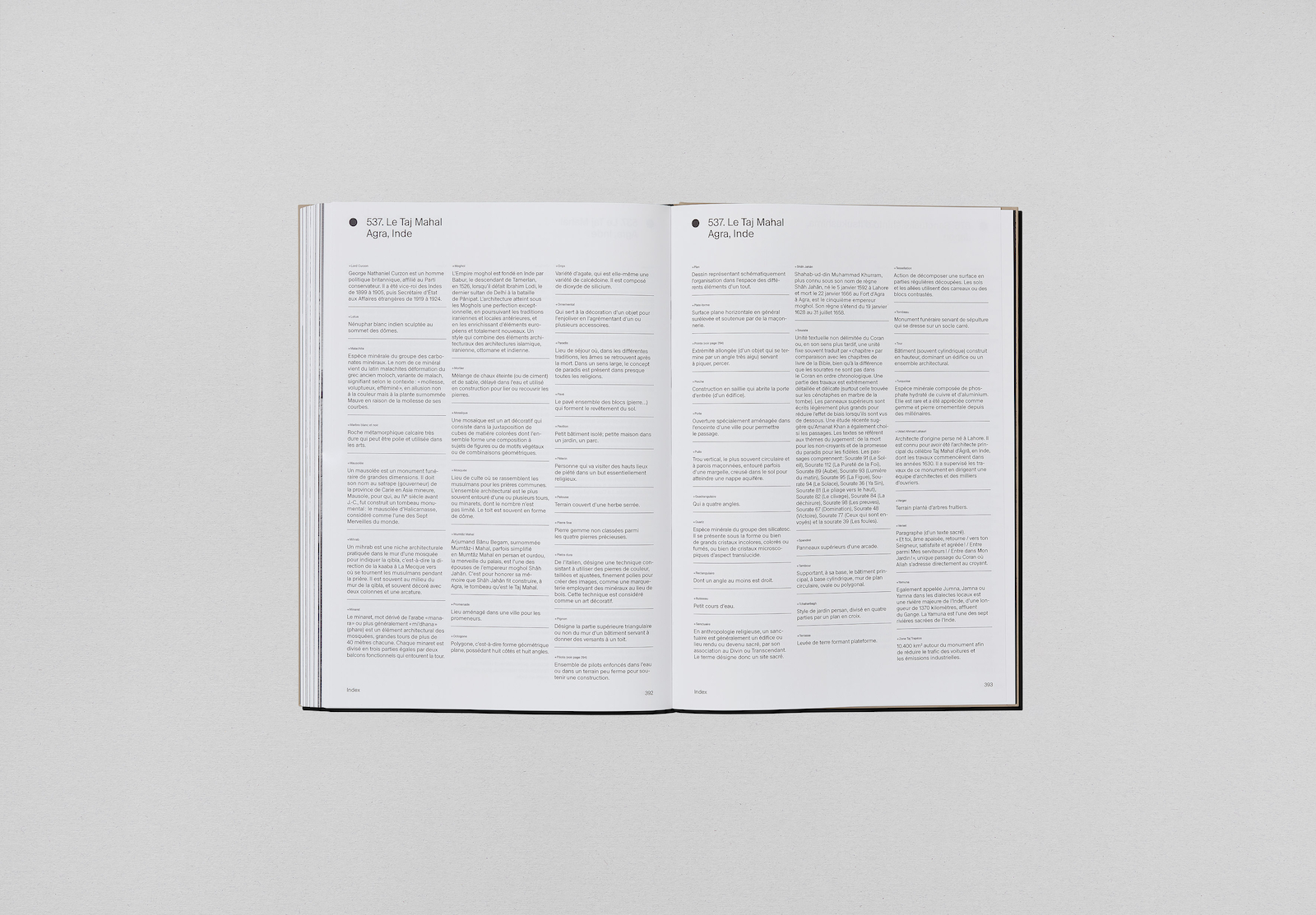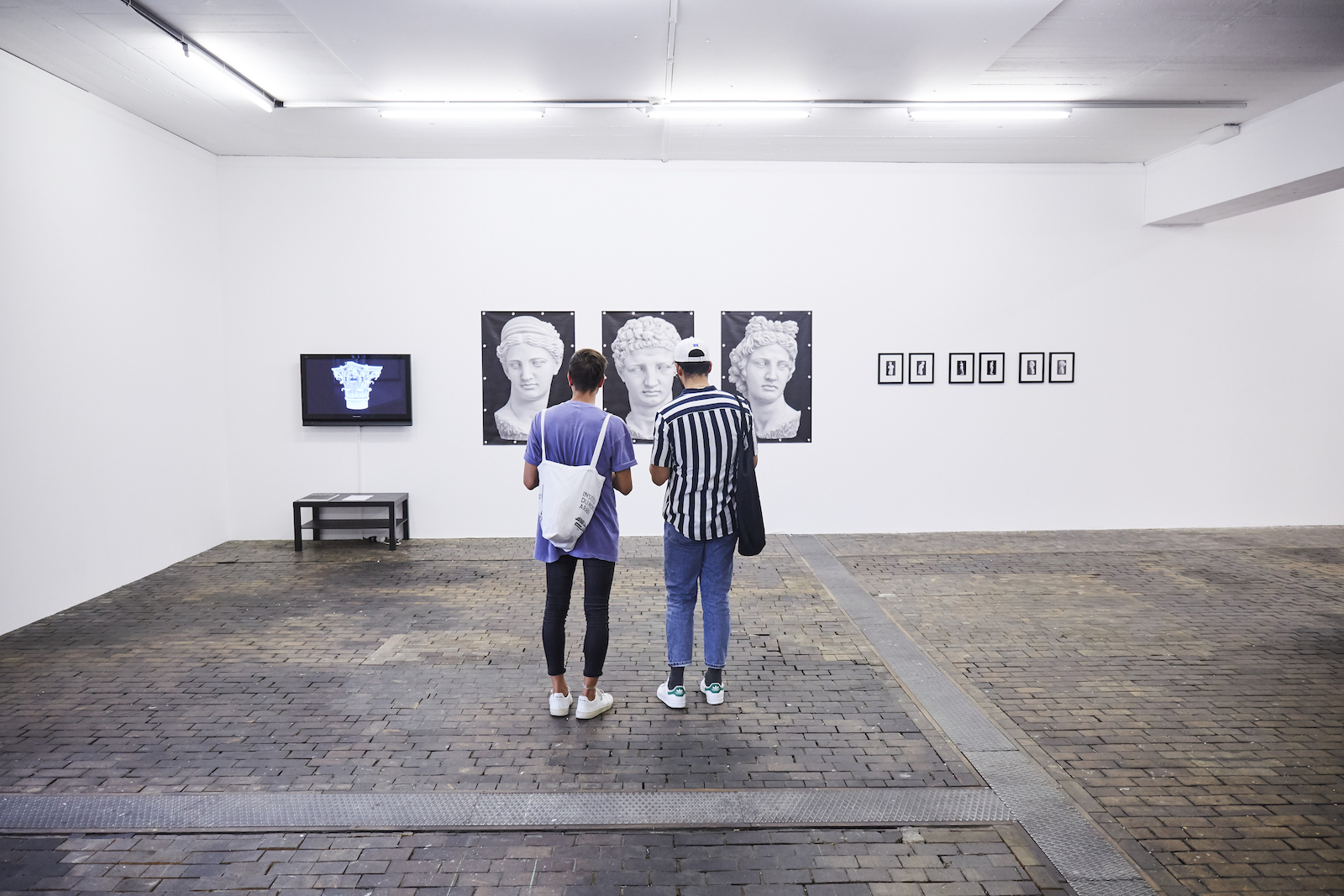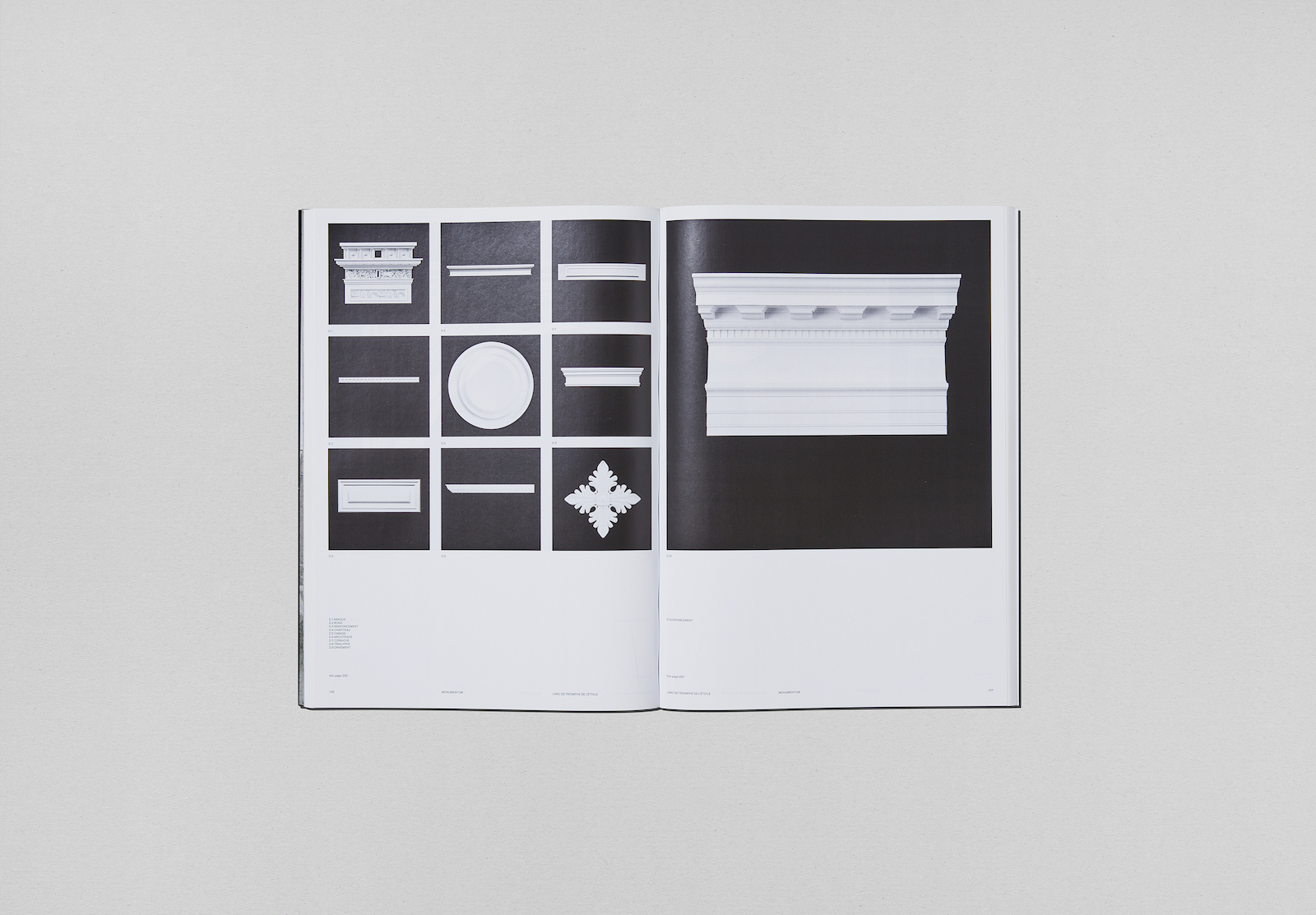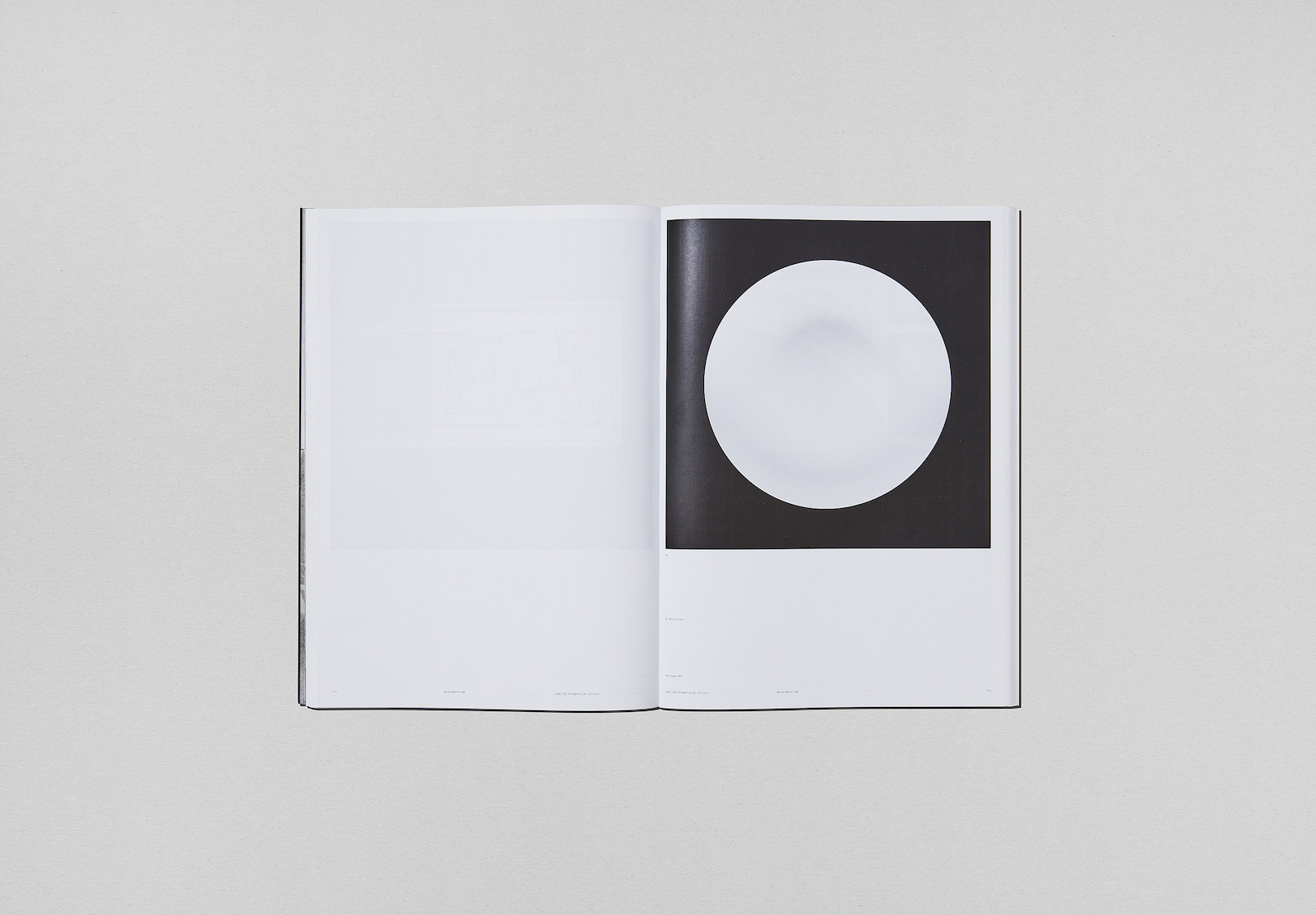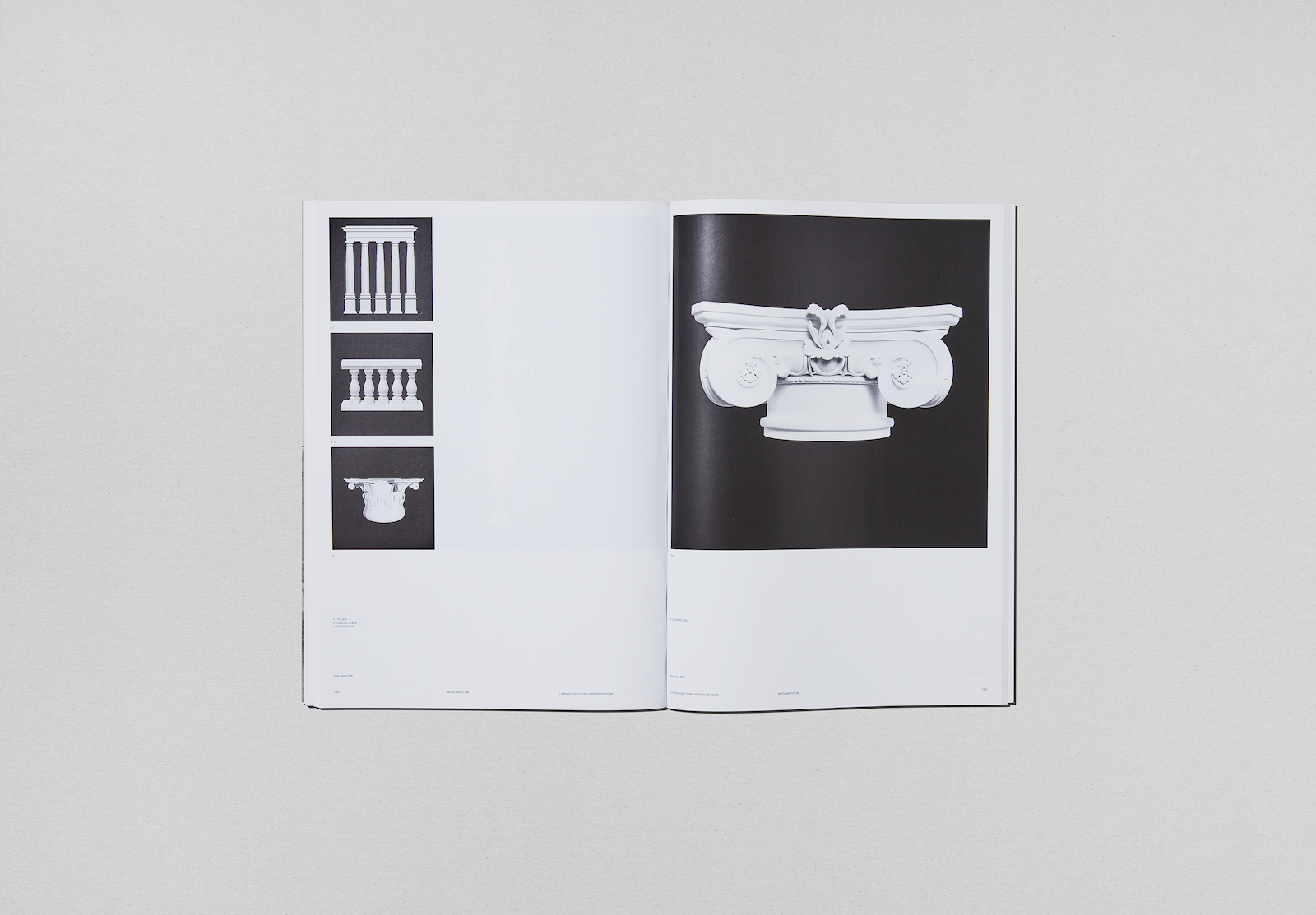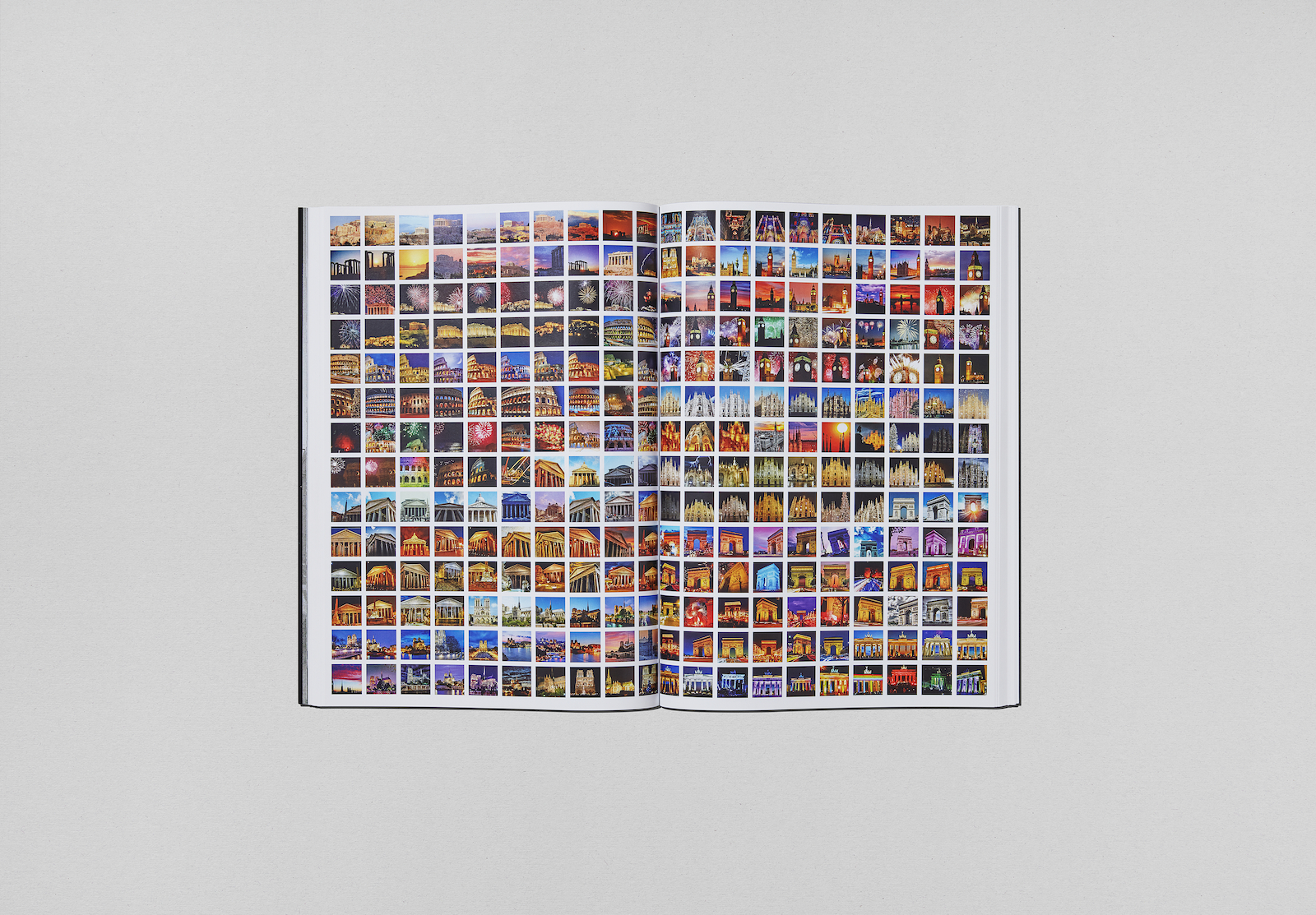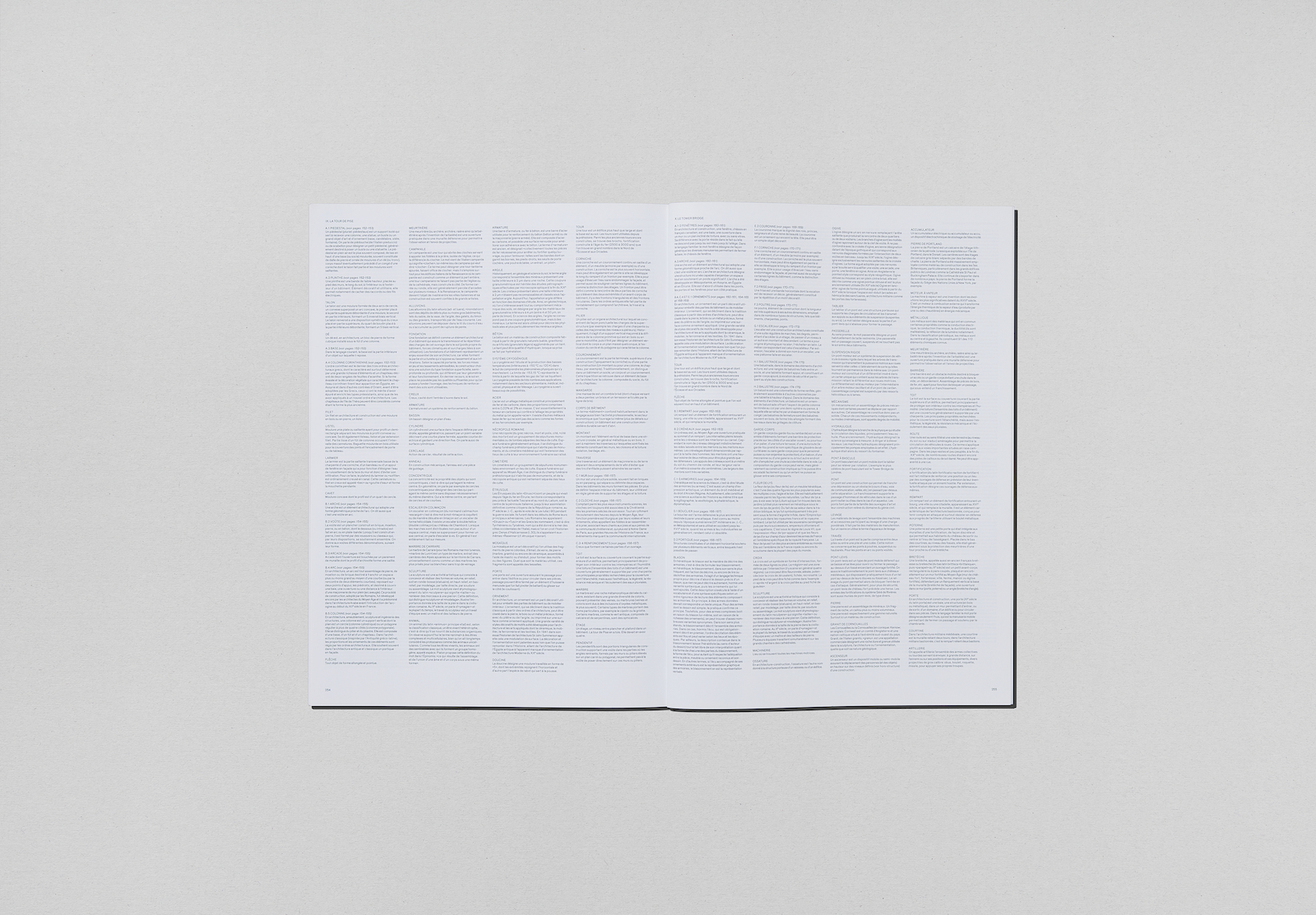UNESCO World Heritage
When the ruins of one of the world’s largest ancient cities, referred to as the “desert oasis”, were ransacked, as revealed by a UNESCO report, where the latter mentions “considerable damage in the museum”, including several decapitated statues and shelled sarcophagi. A temple, as well as the triumphal arch, have also disappeared.
But these witnesses of history can be reborn...
“... In recent years, I have noticed one thing: the countries I travel in are home to magnificent treasures. Sometimes known, protected and in the opposite case not listed and sometimes even without archives. There are very few international organizations that do full reconstruction work whether the subject is recent or remnant. This is all the more problematic because sometimes some monuments* disappear, for many different reasons, notably erosion, urban evolution, visitation or because of armed conflicts.
To save them, it is possible to reconstitute them virtually, in order to highlight their exceptional value. This answers a problem: memorization. This makes it possible to keep track, to enrich the collective memory, because unfortunately today and even more in the future the possibility of accessing all these sites will always be more complicated, that testifies of the existence for the future generations. Even if these images will never replace the physical presence of heritage and they are only a ‘complement to the contact of the material’ ...”
*Here used in a broad sense, this term qualifies any “object” that testifies of the existence, the reality of something that can serve as a testimony of historical and cultural value.
